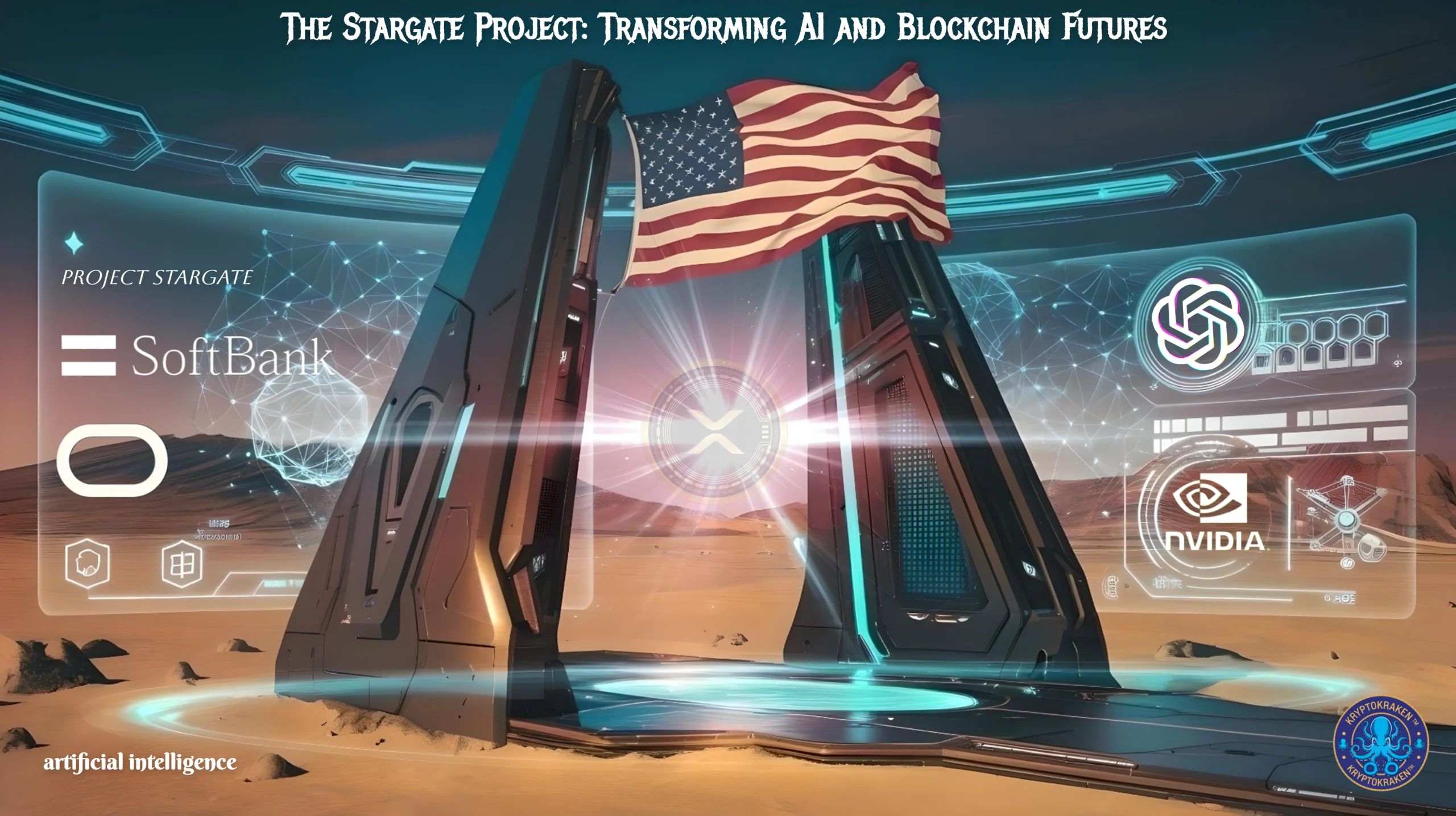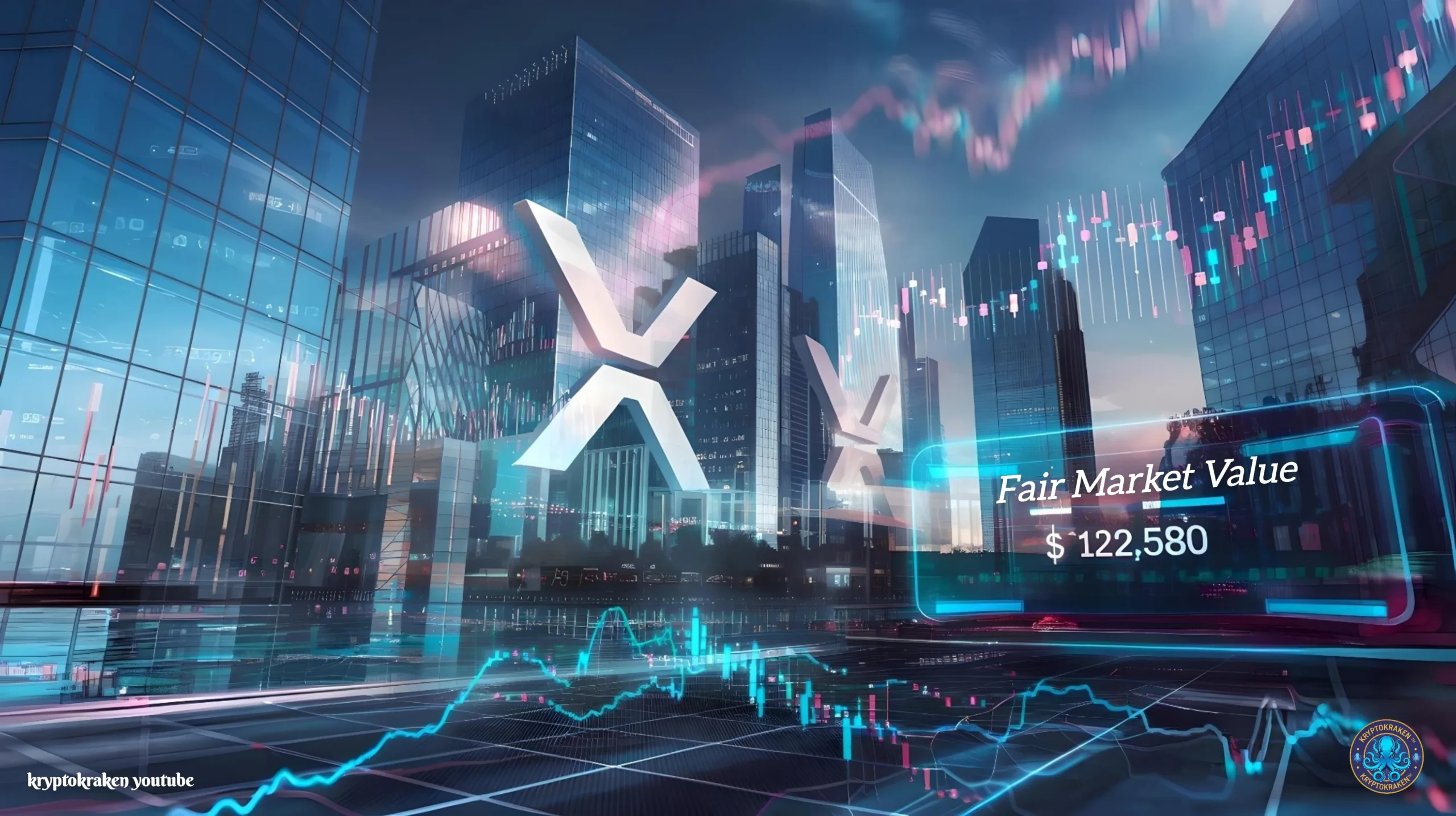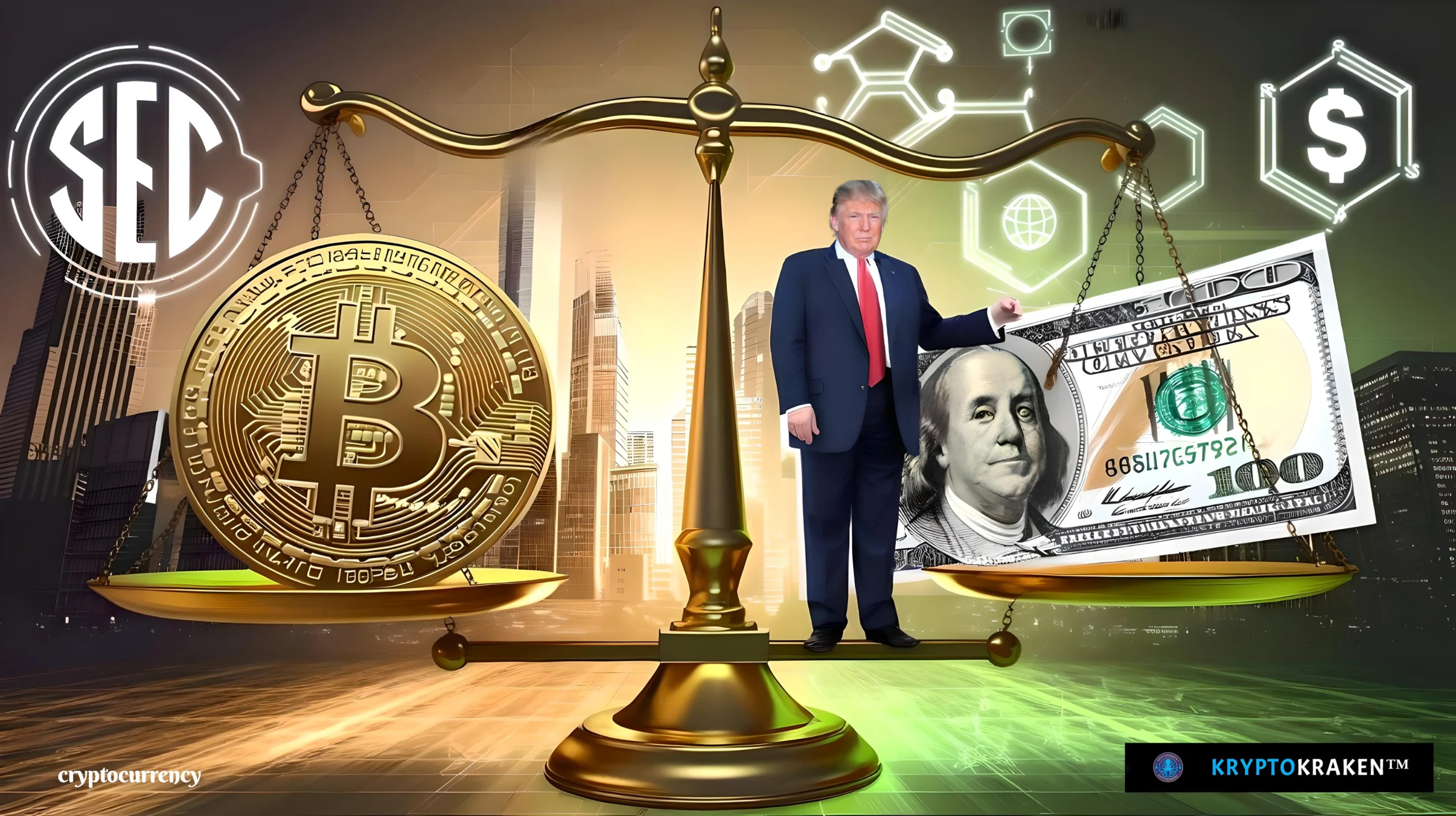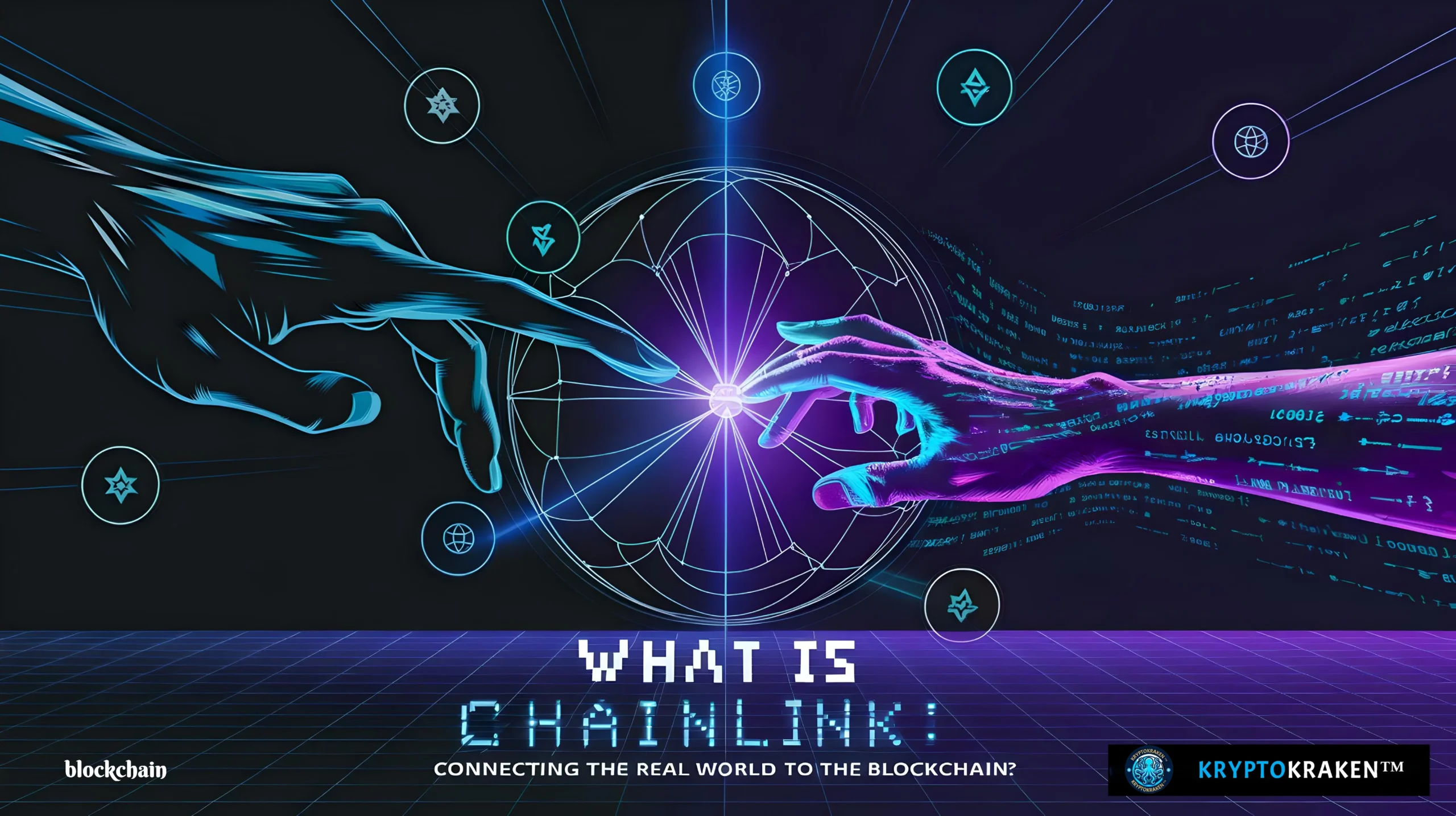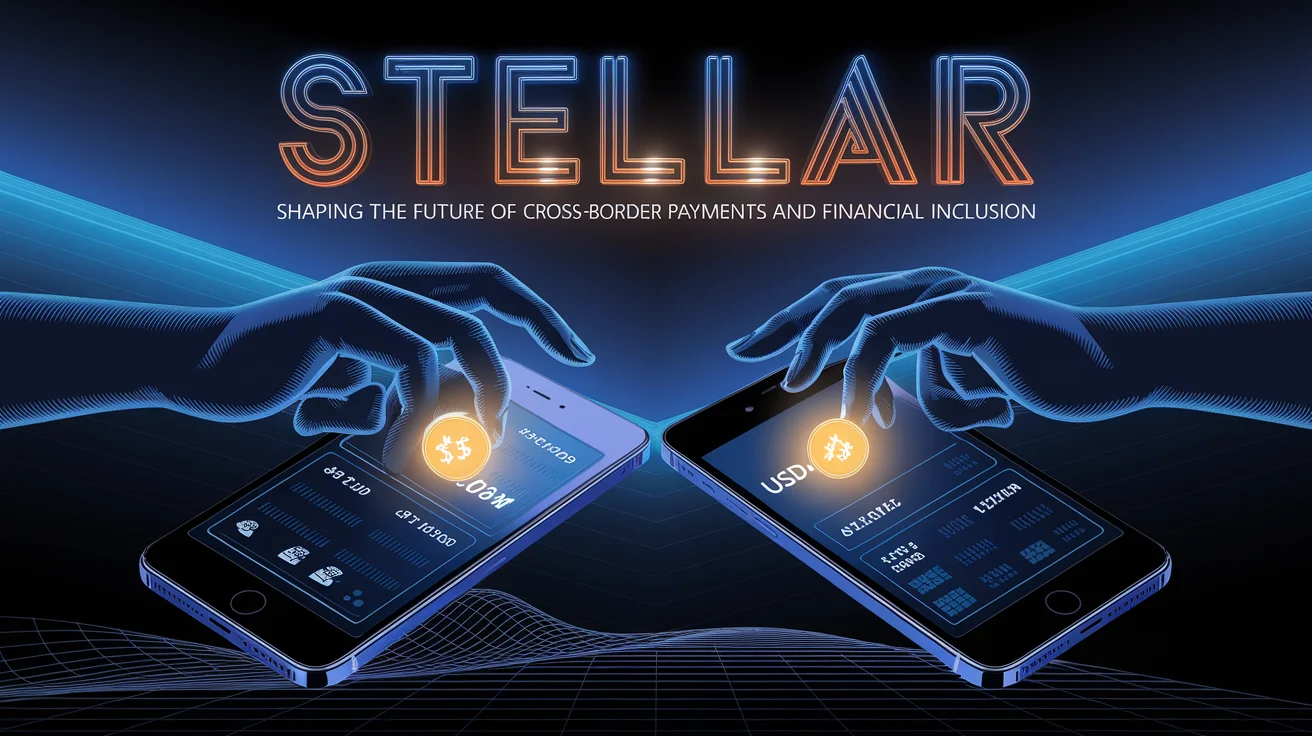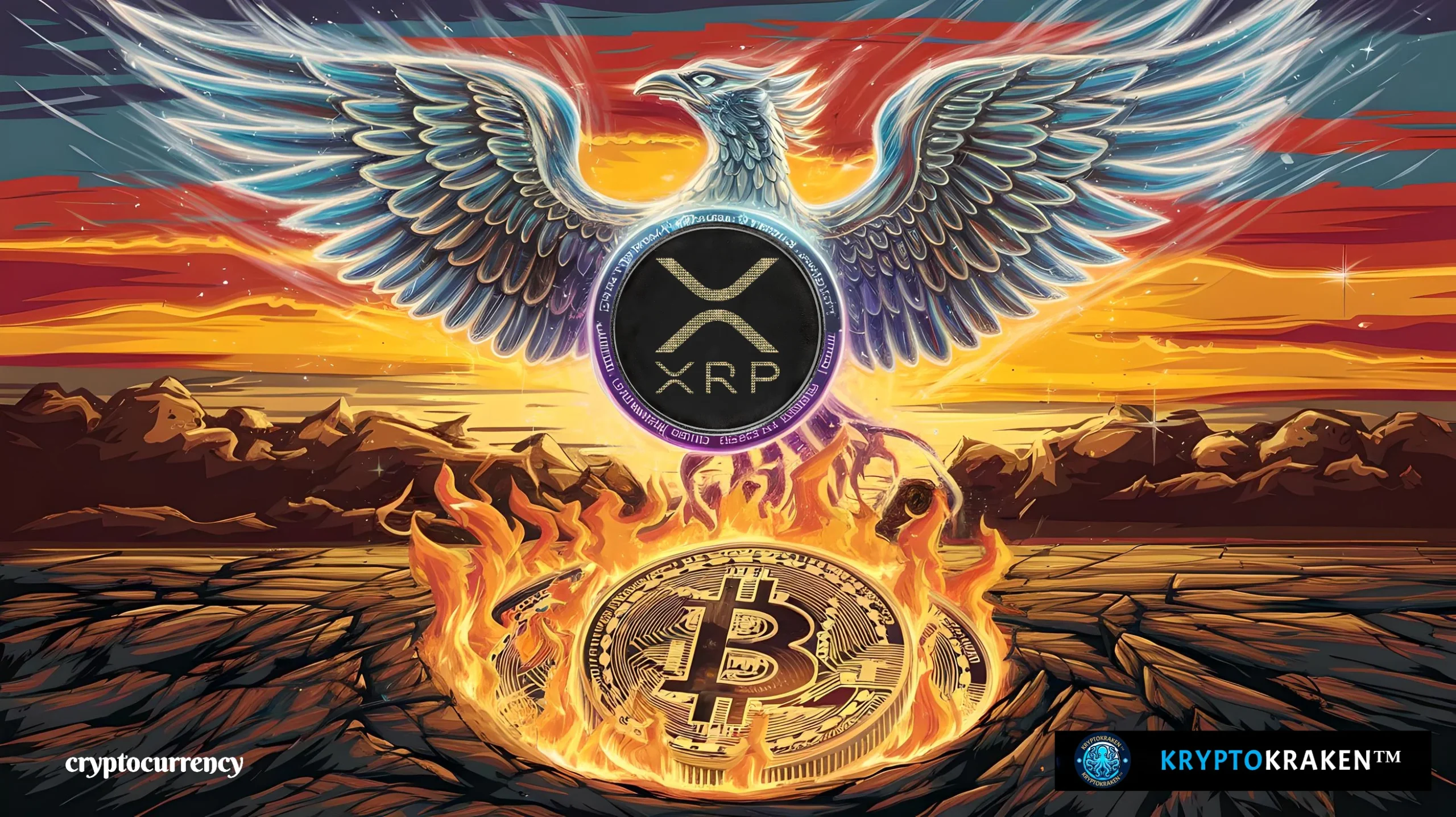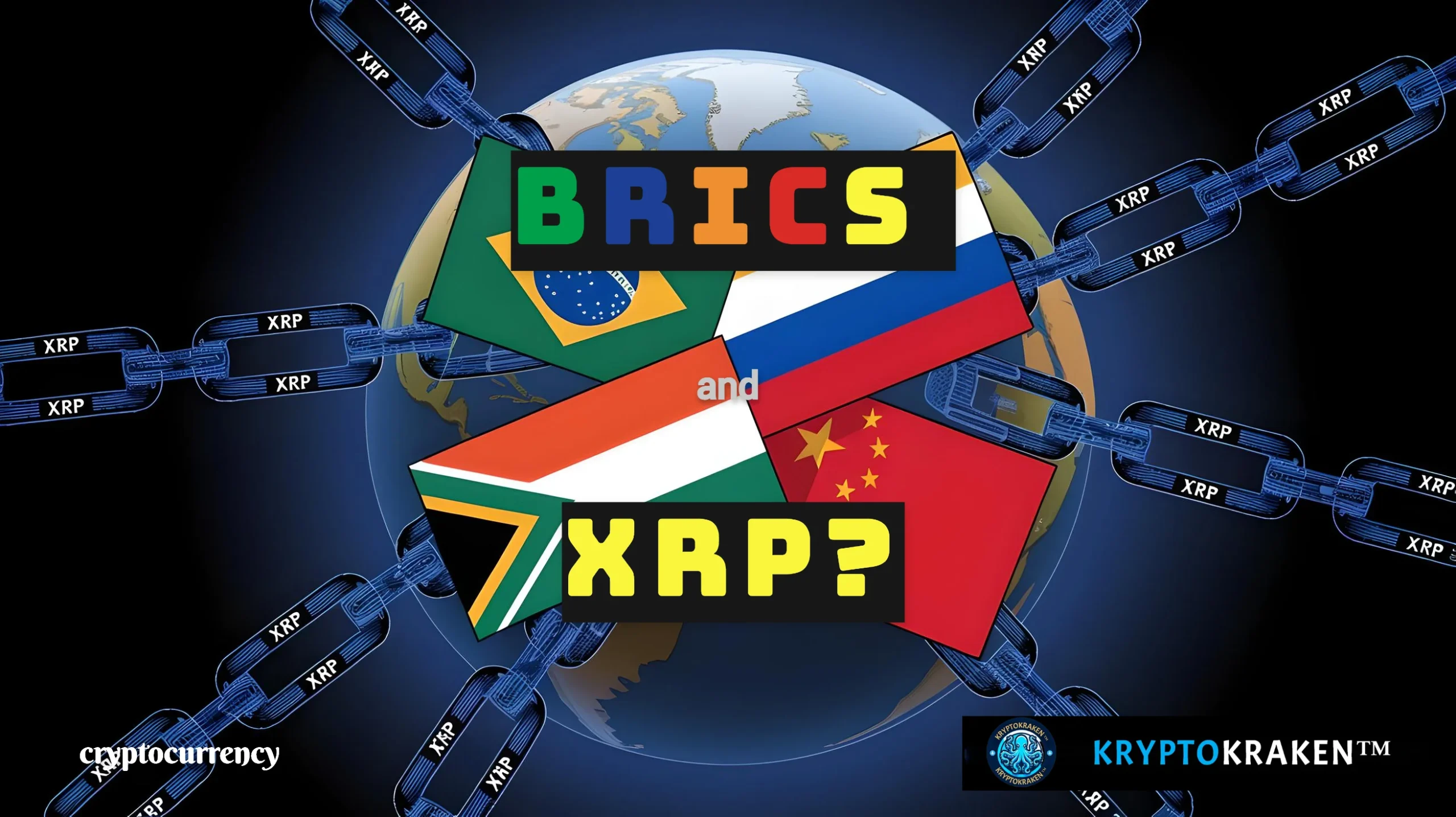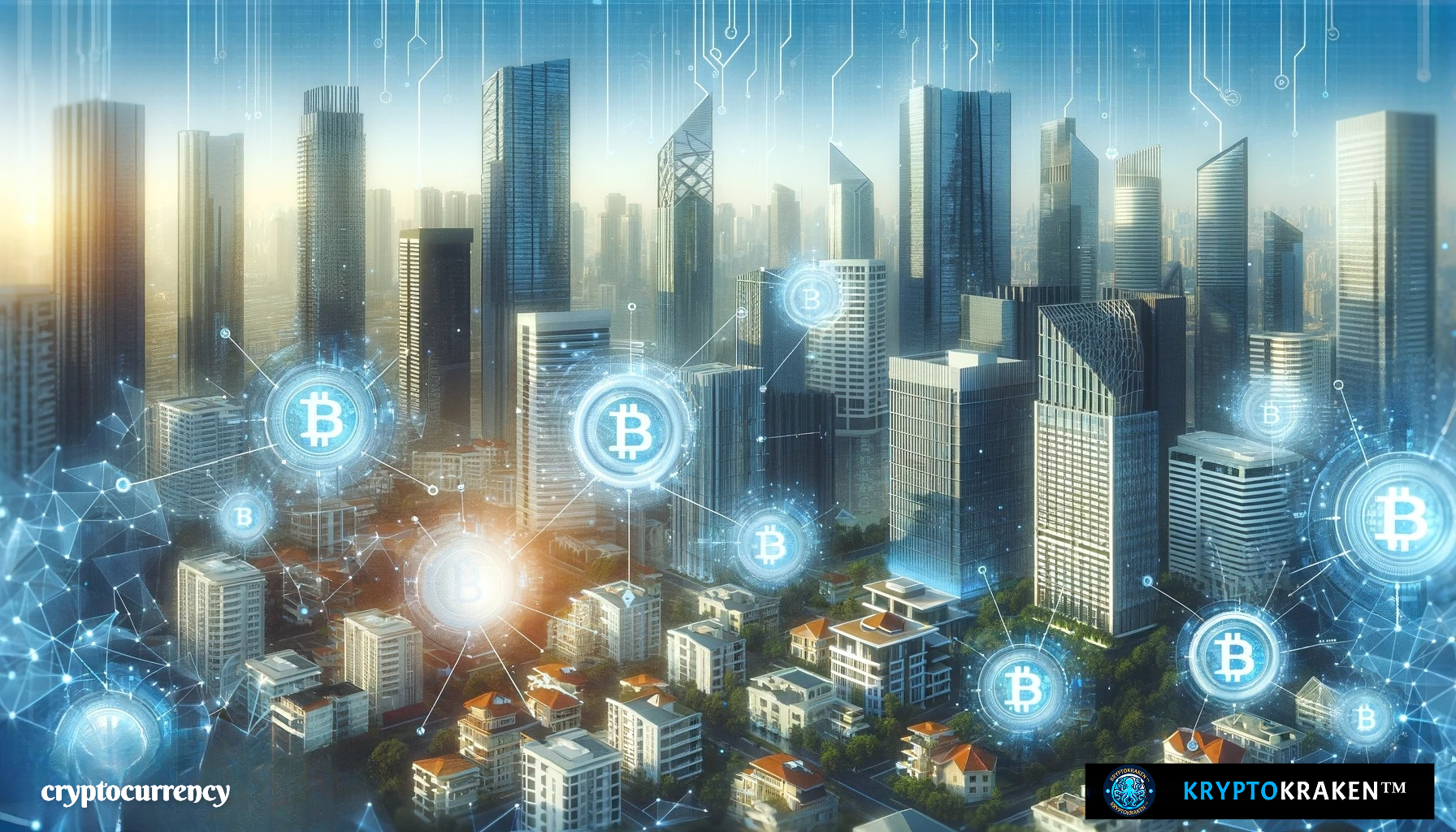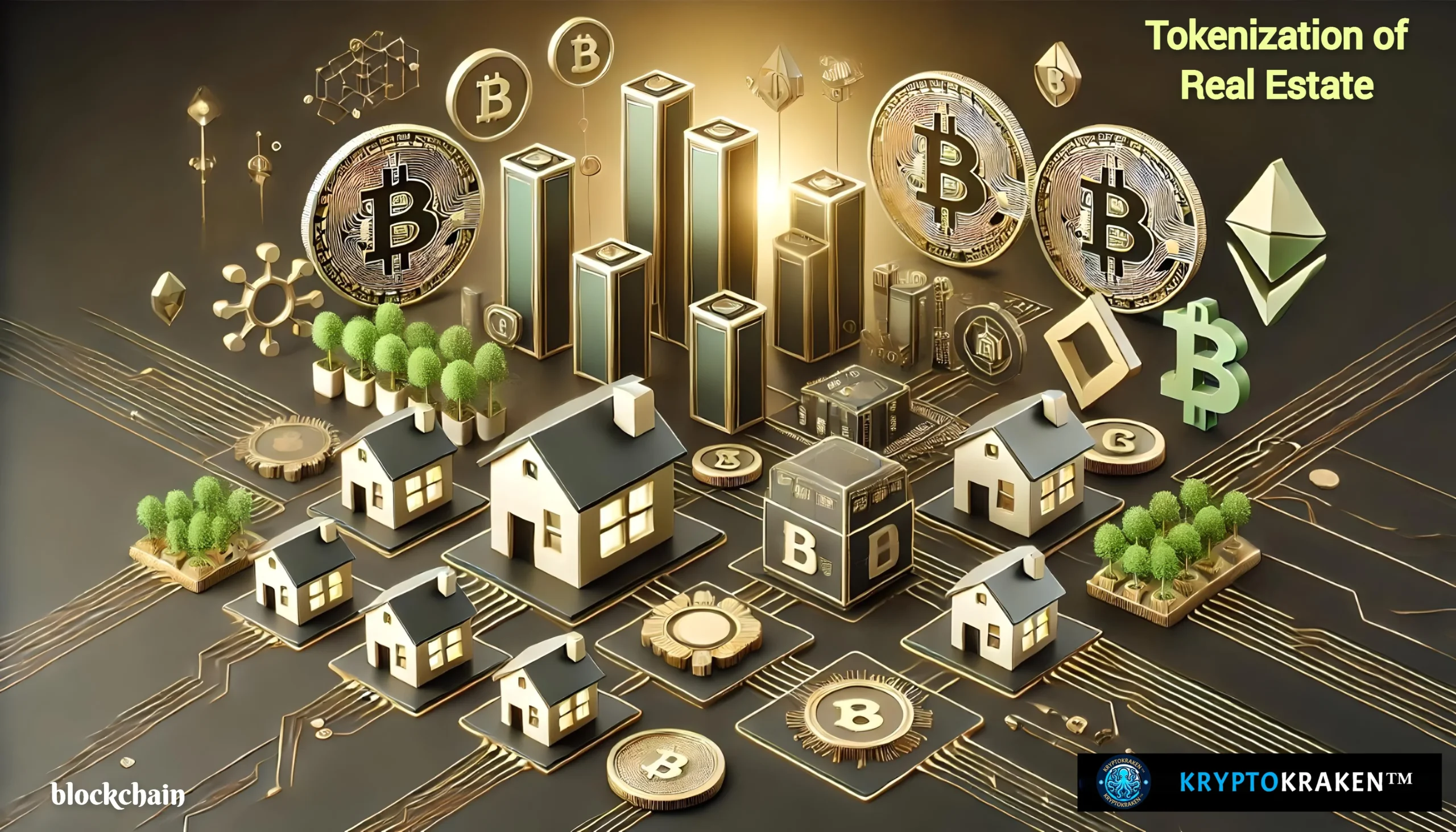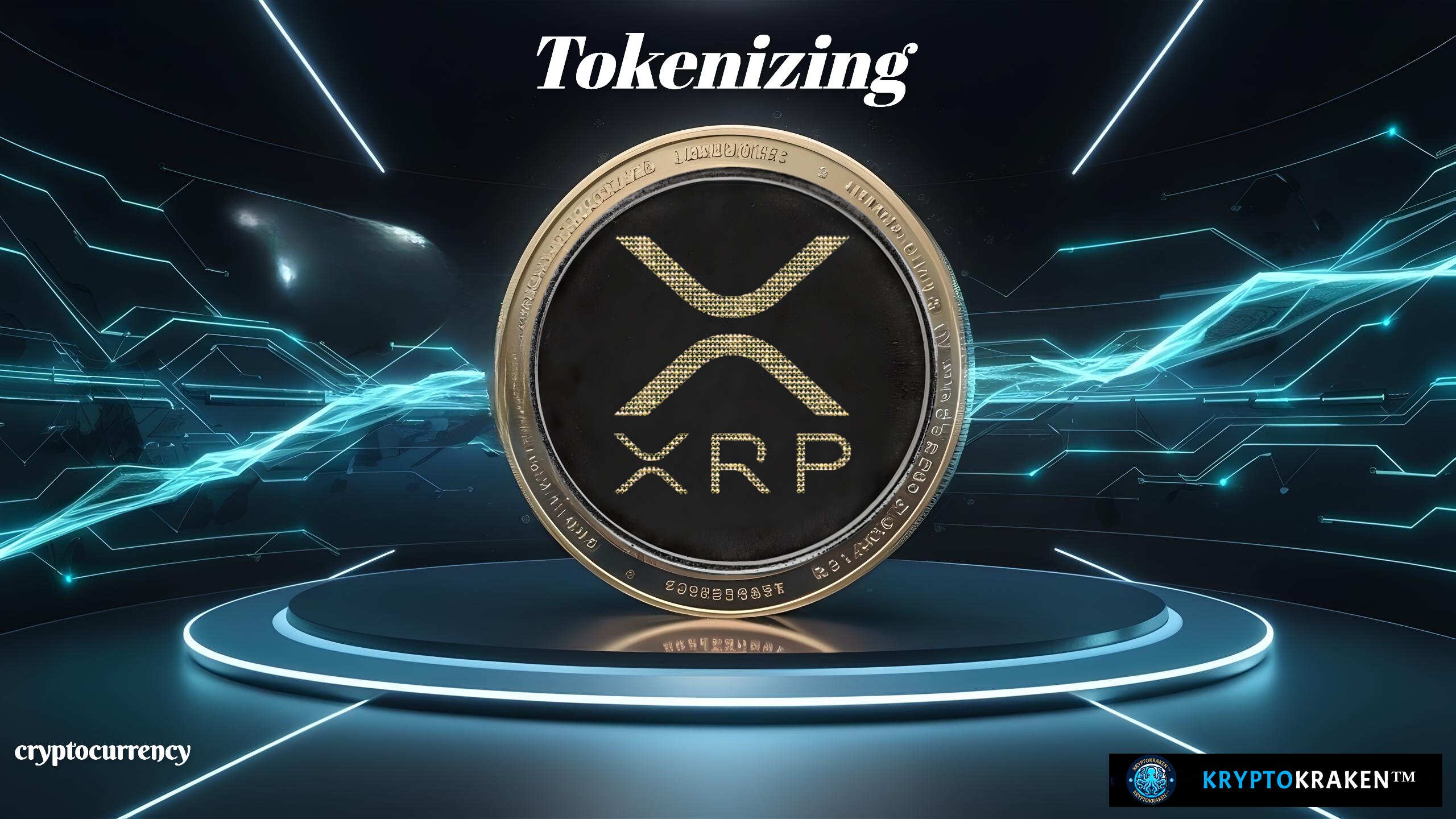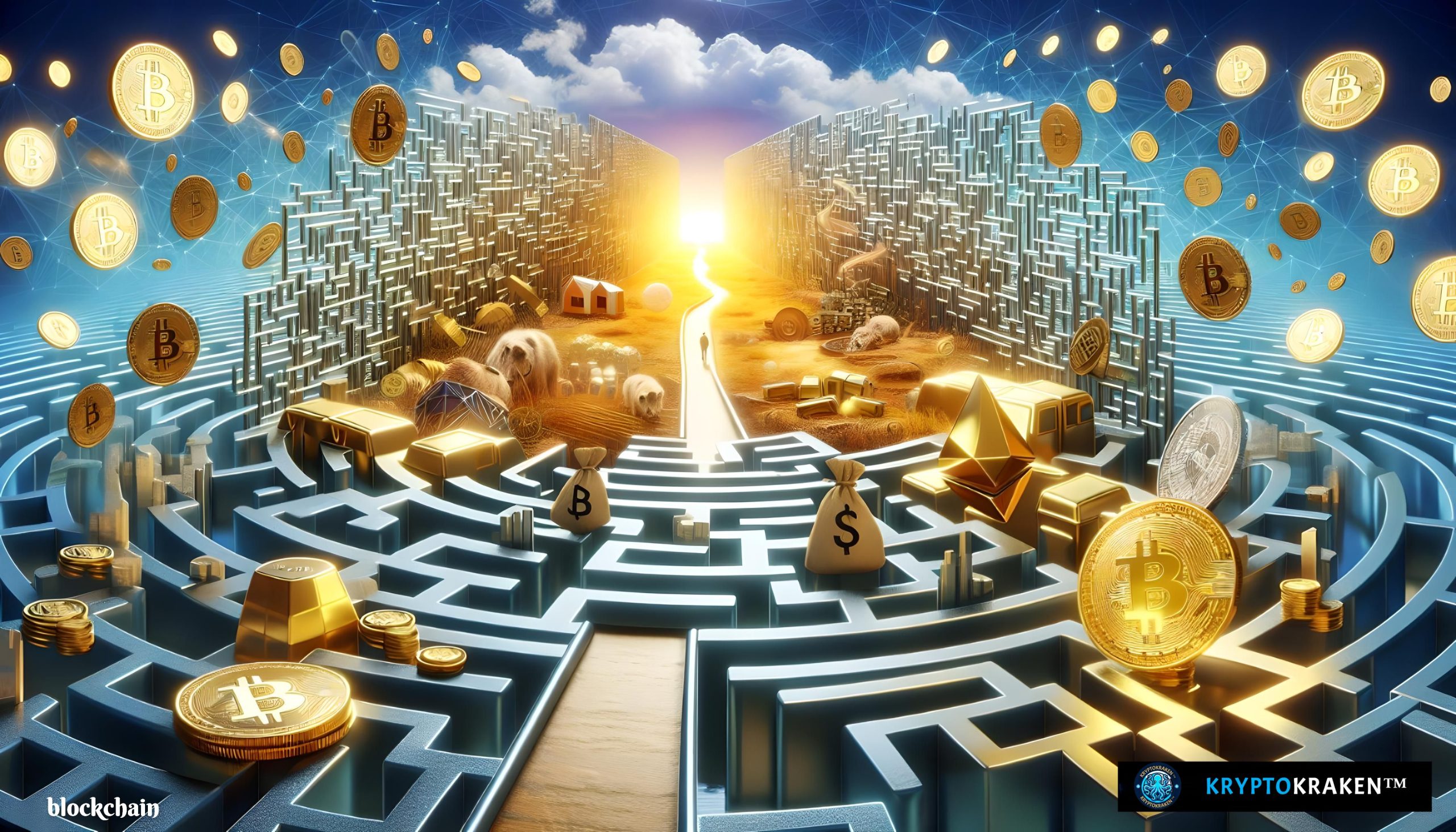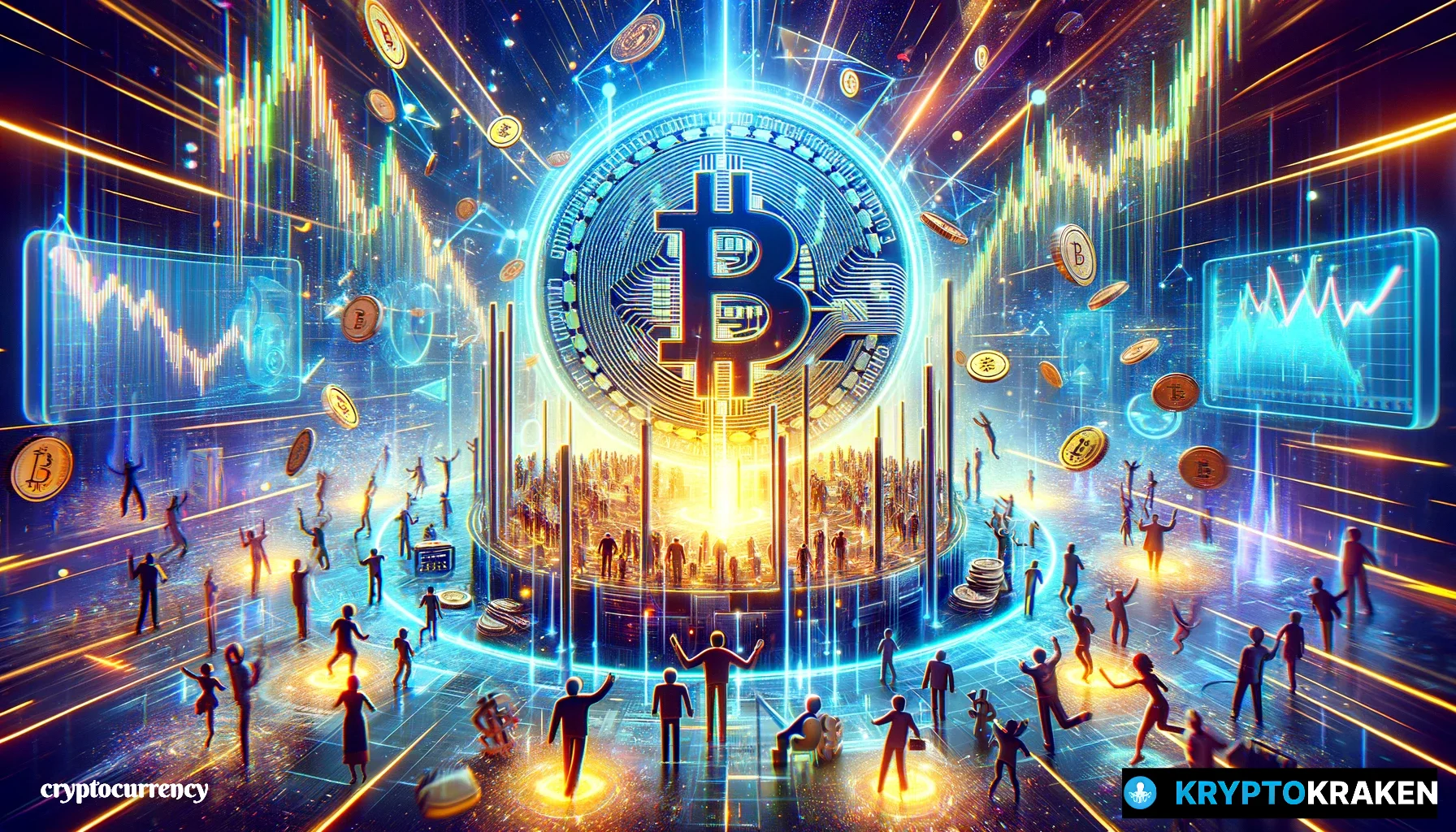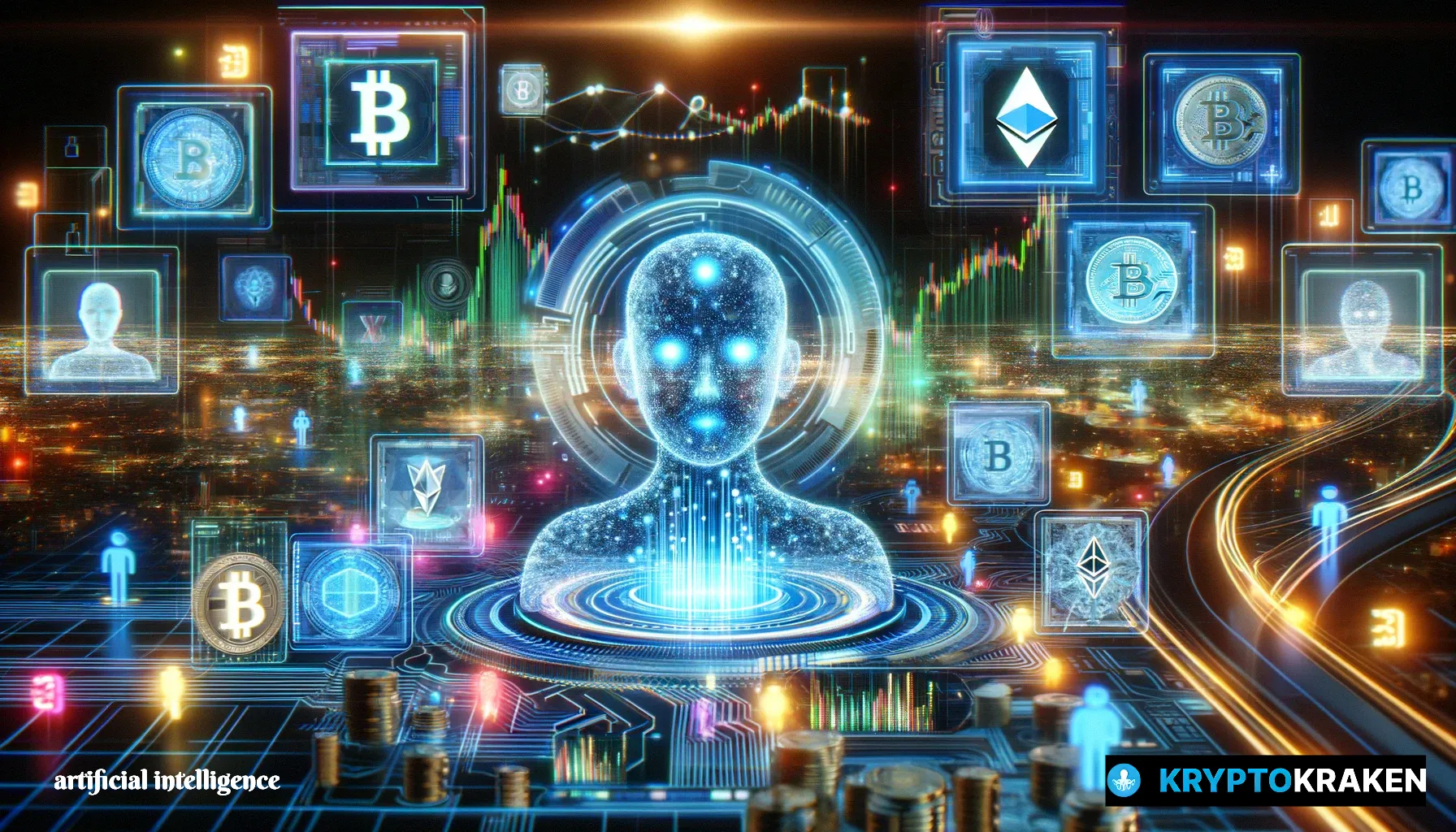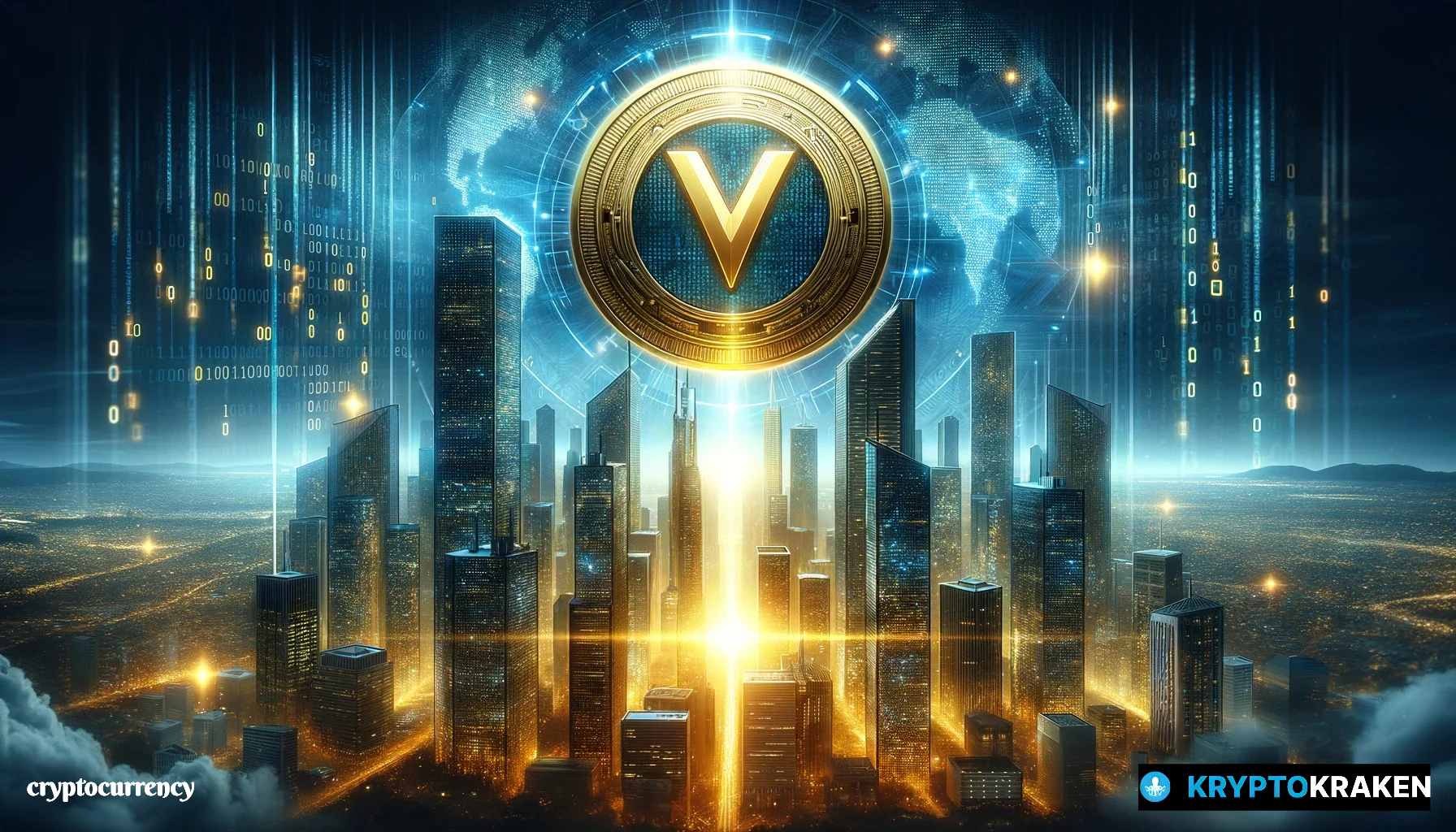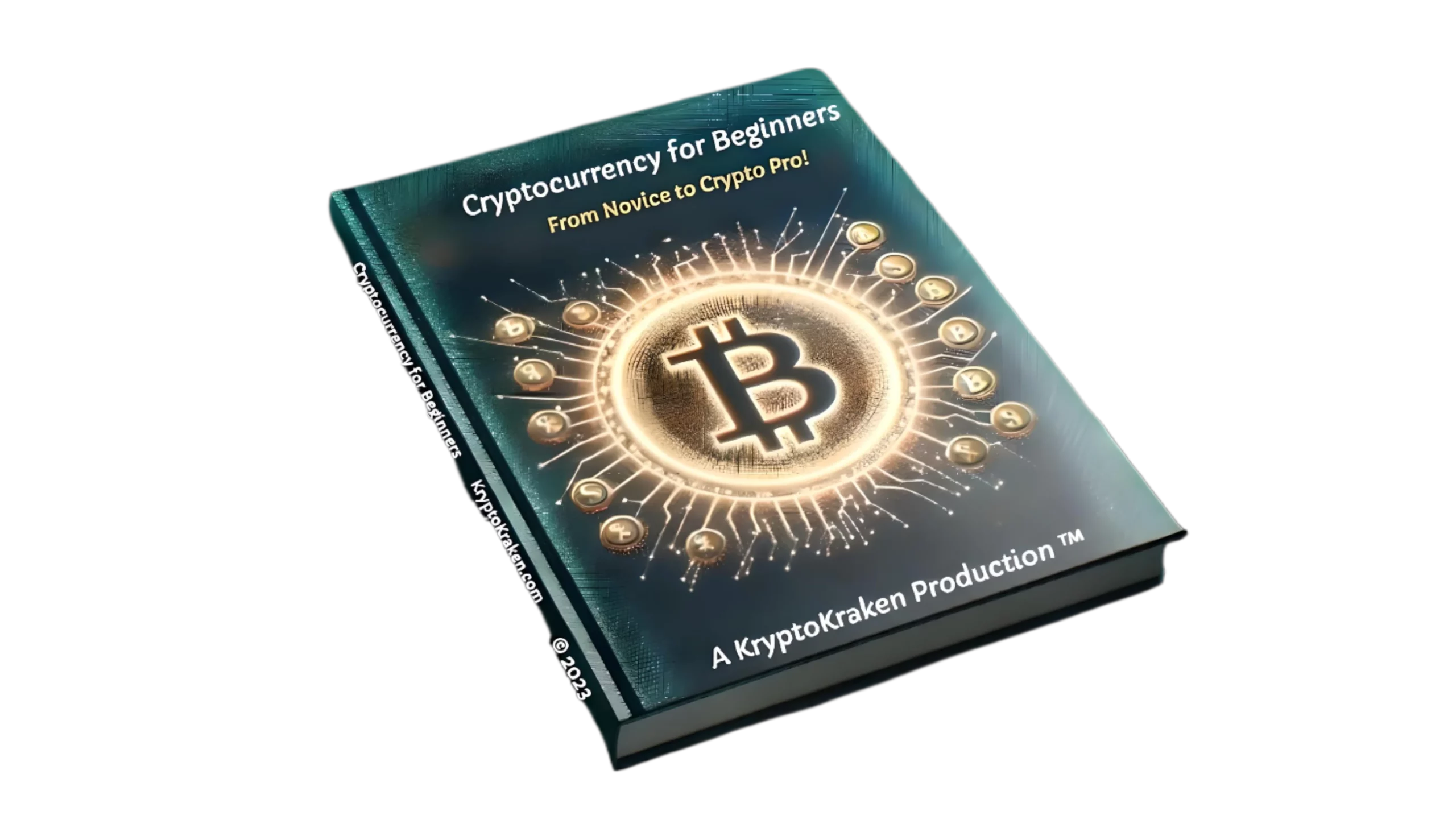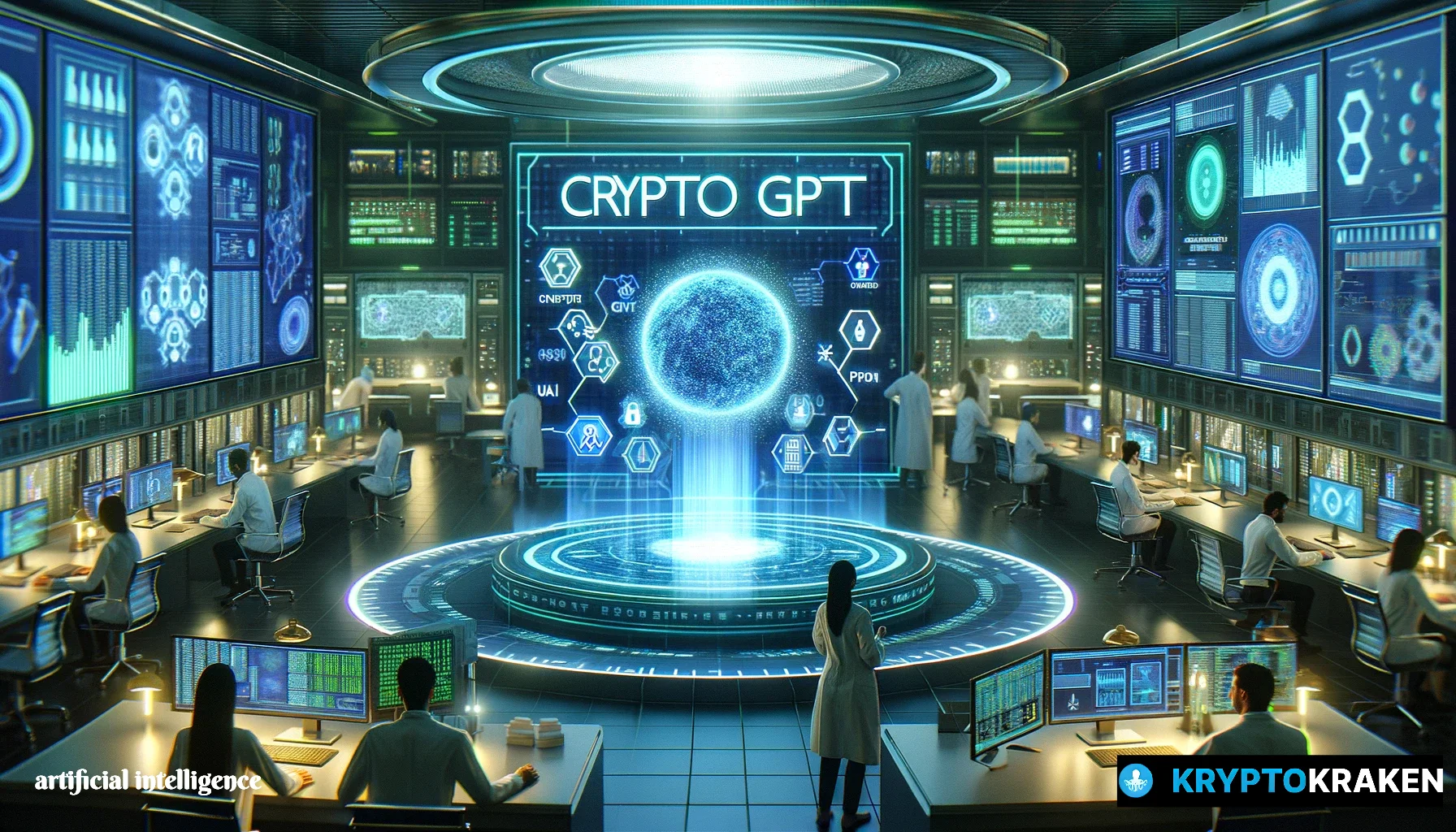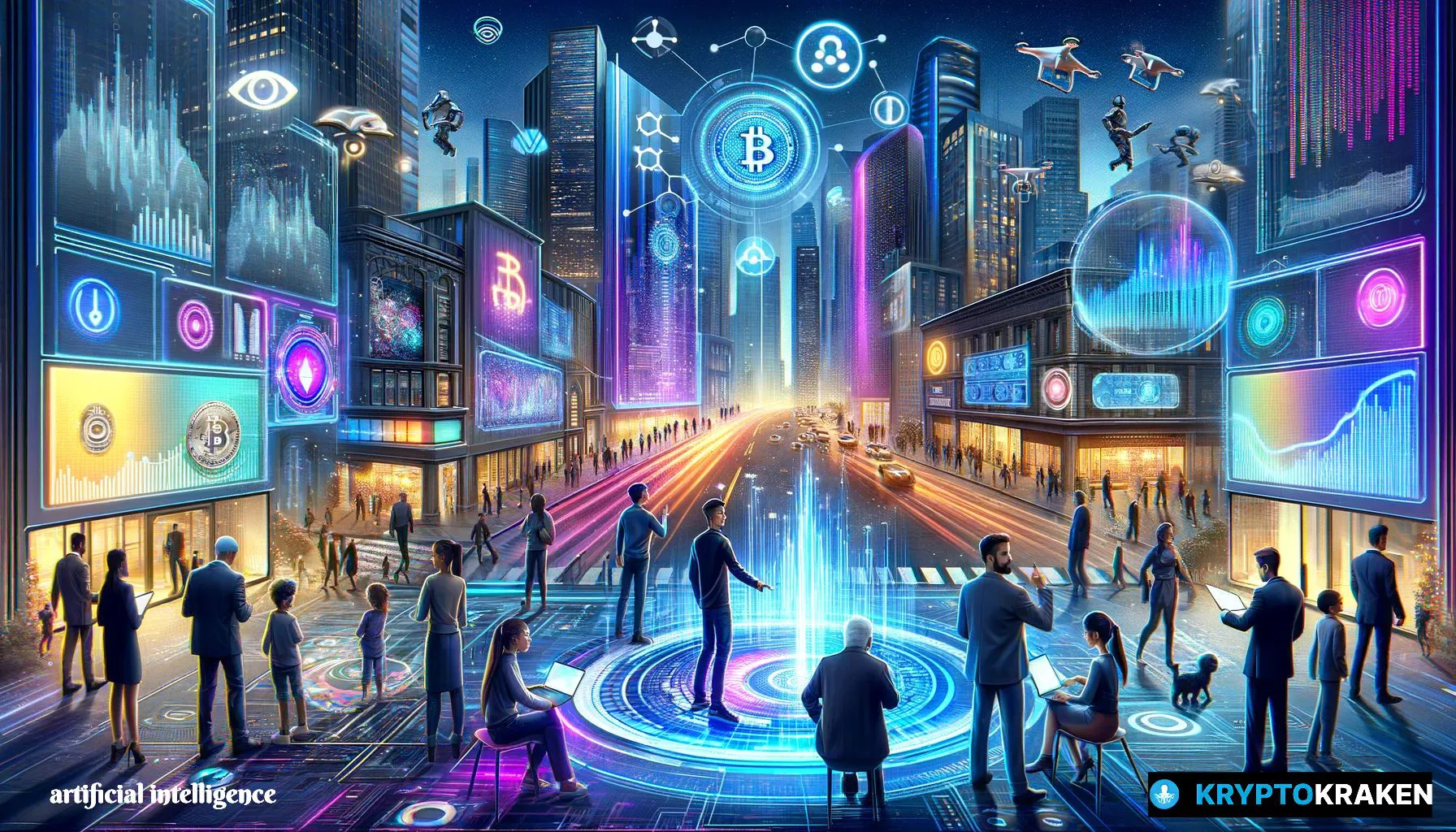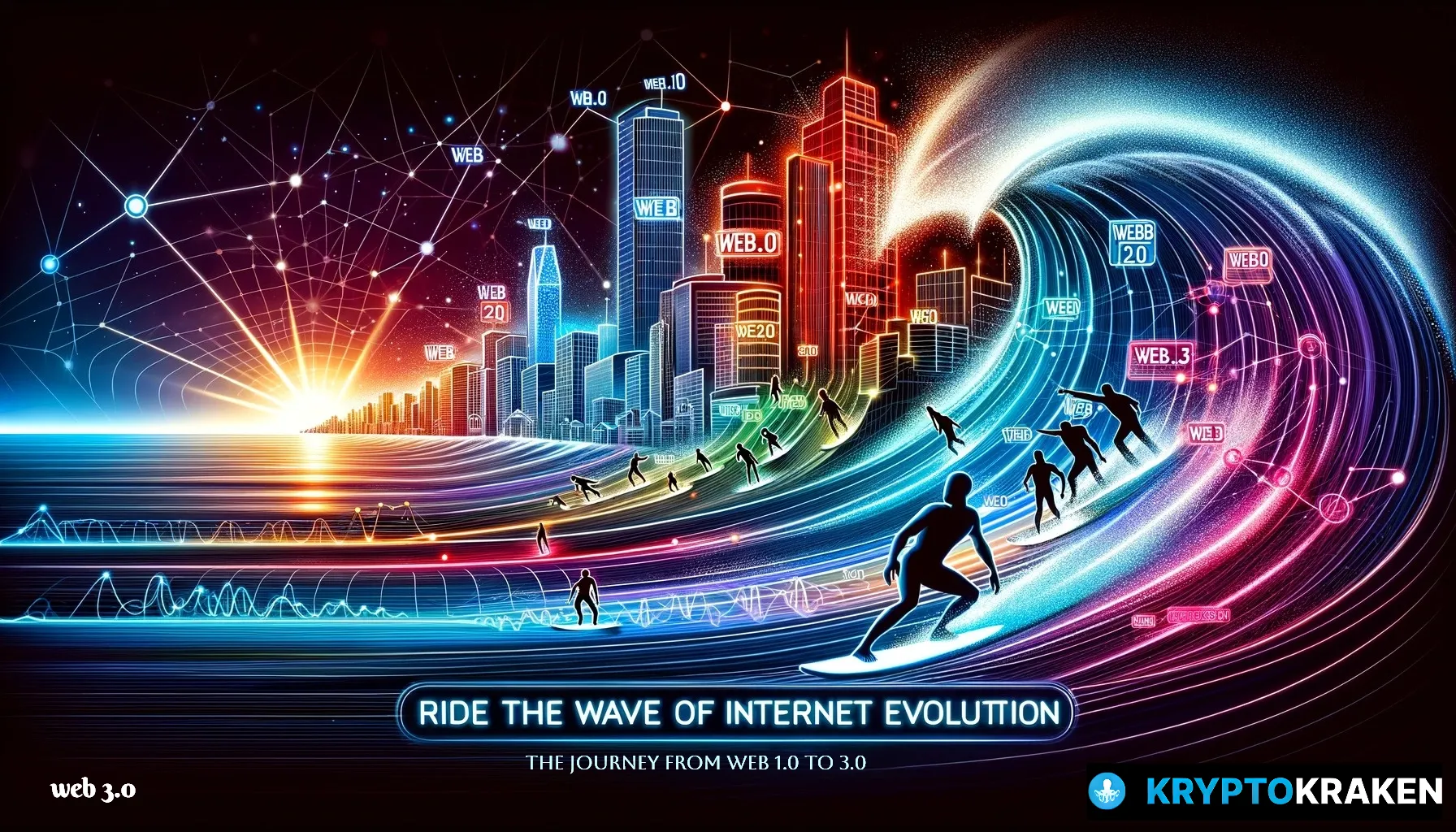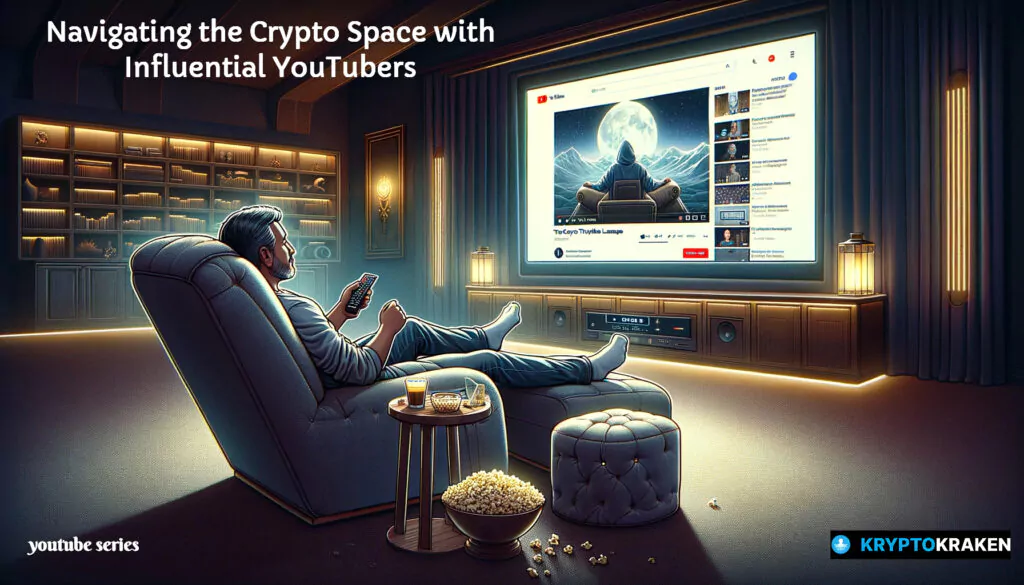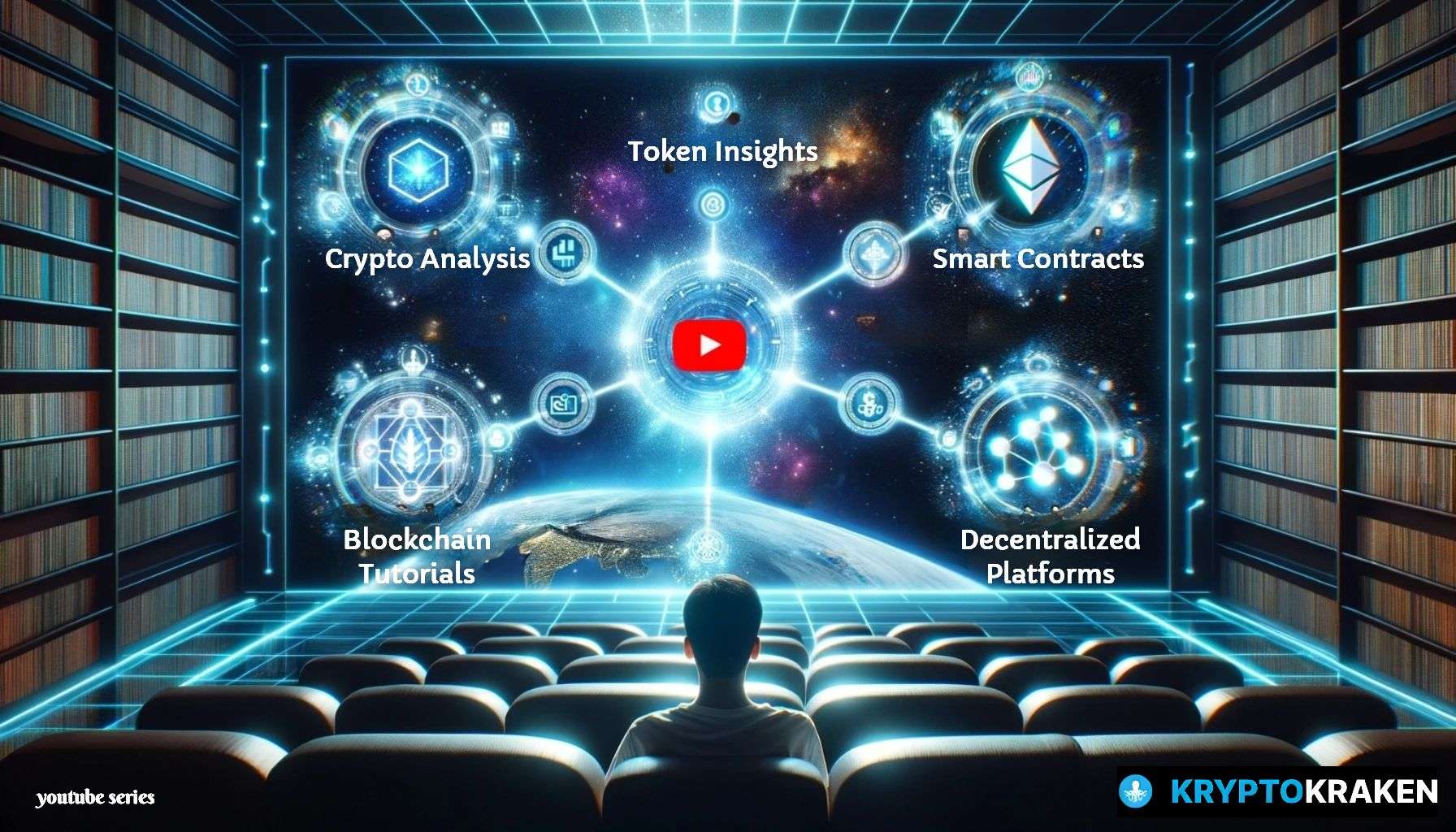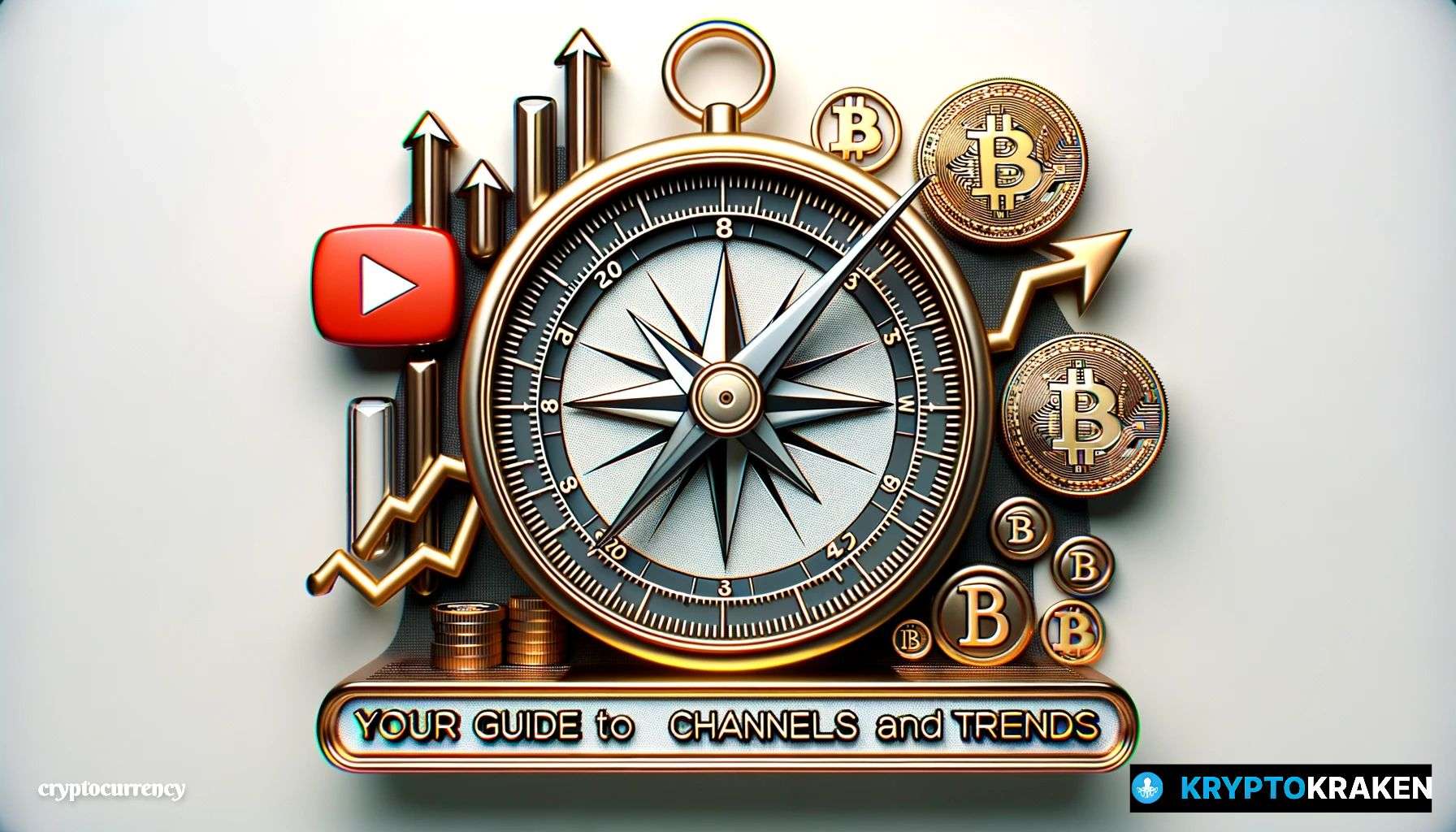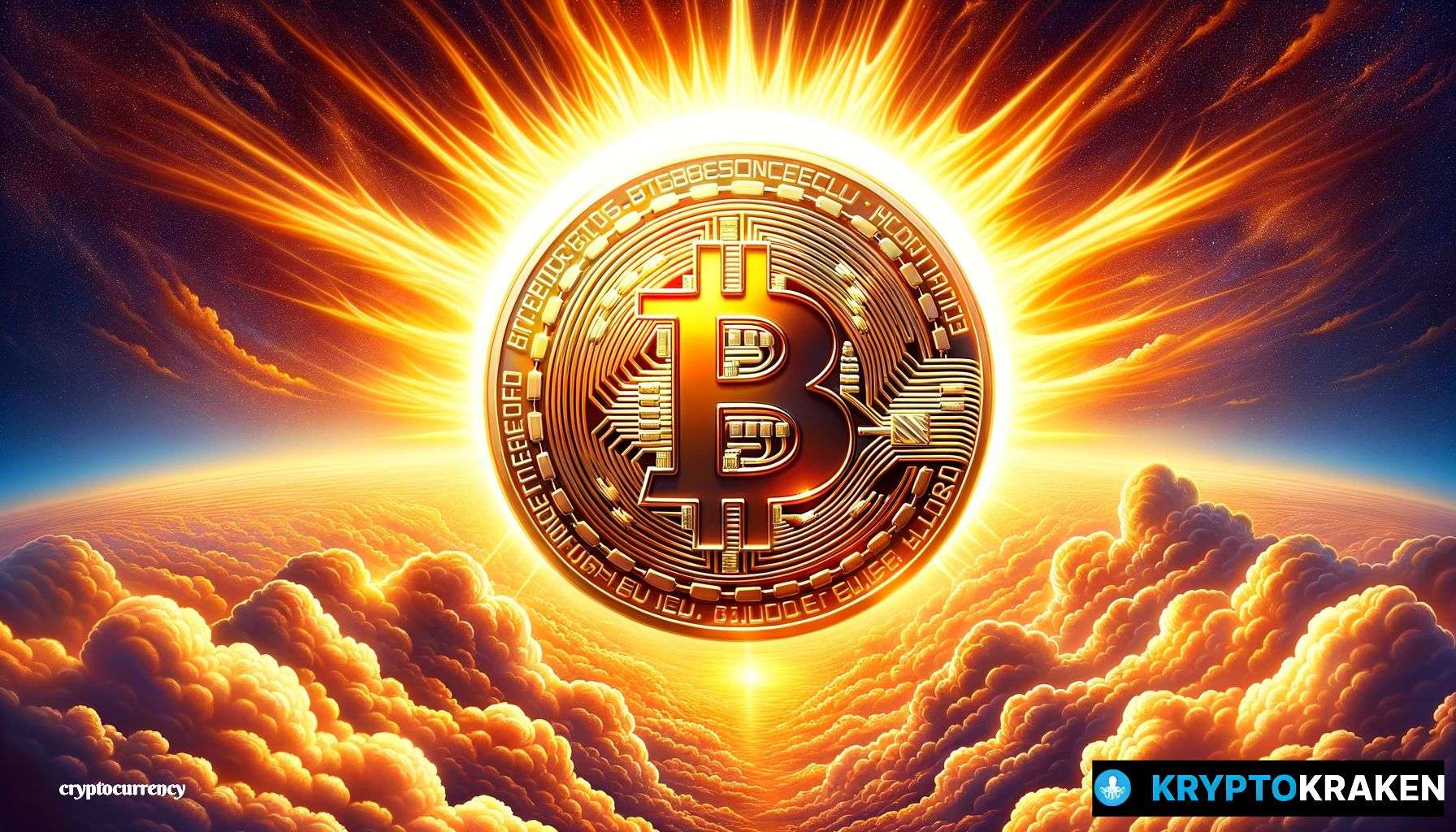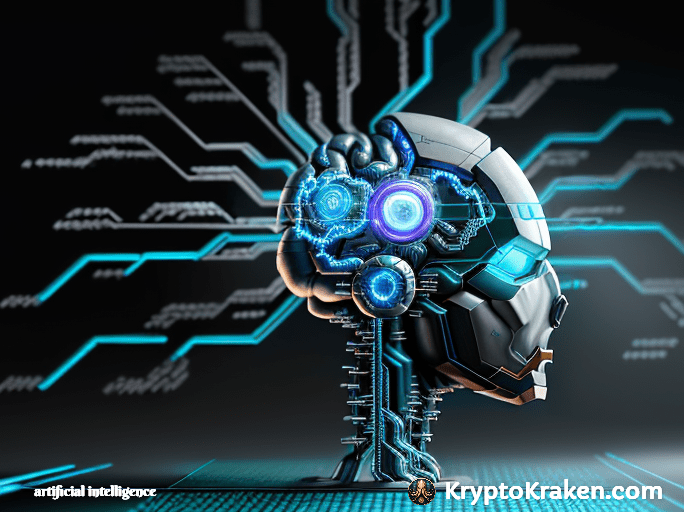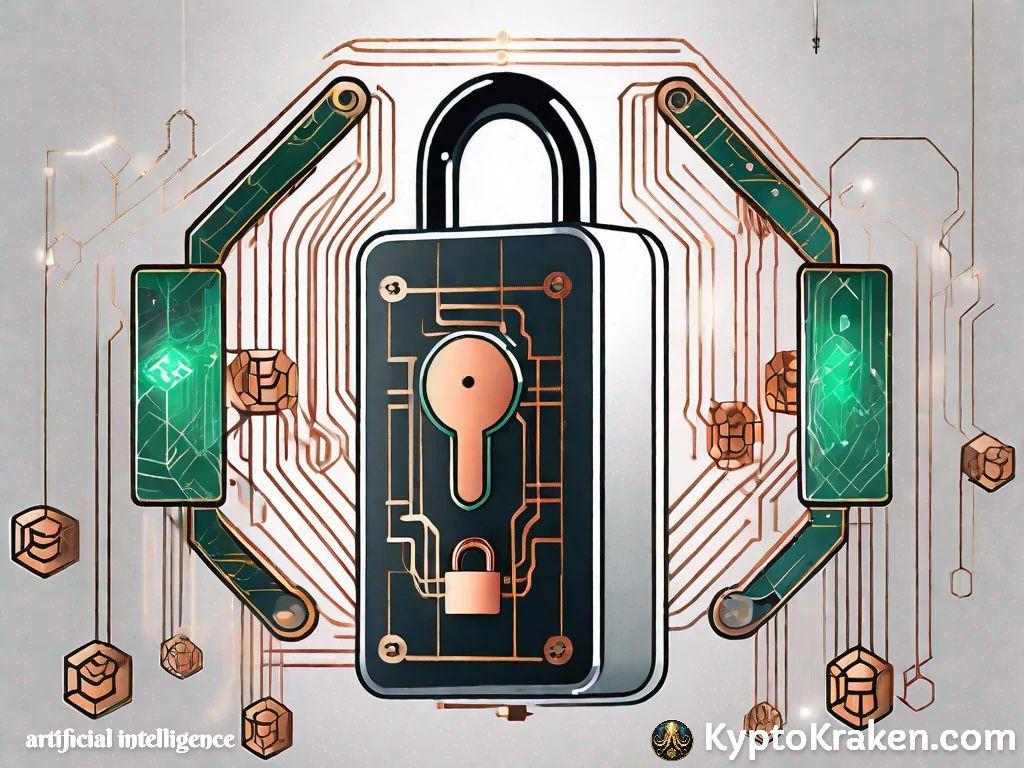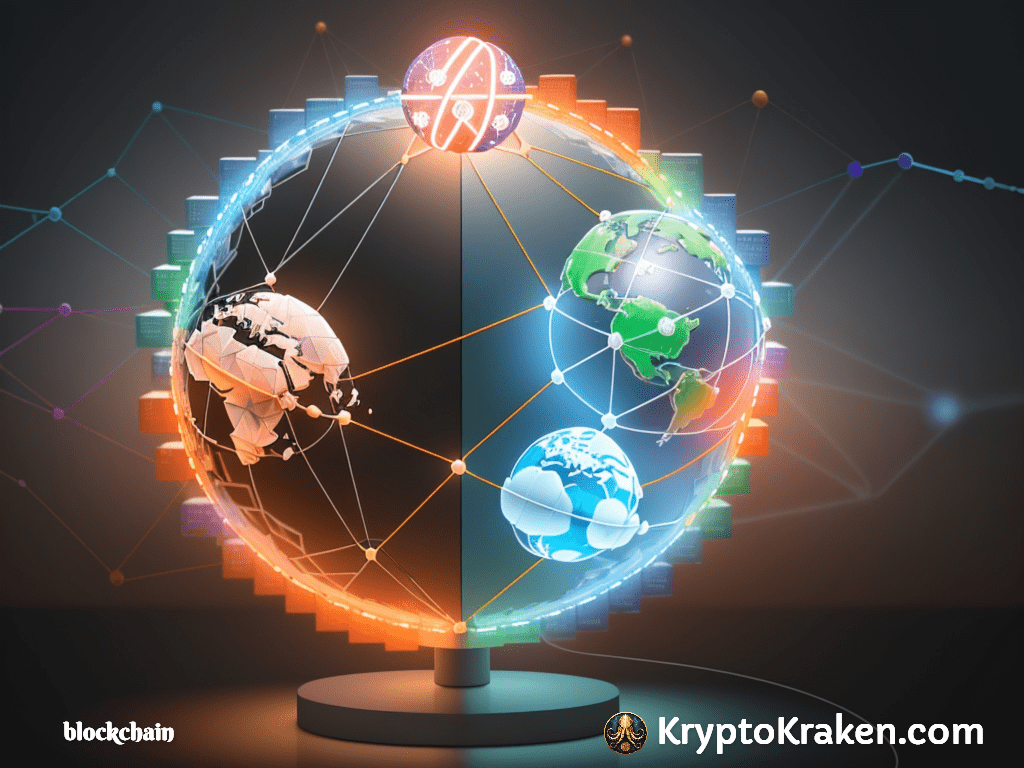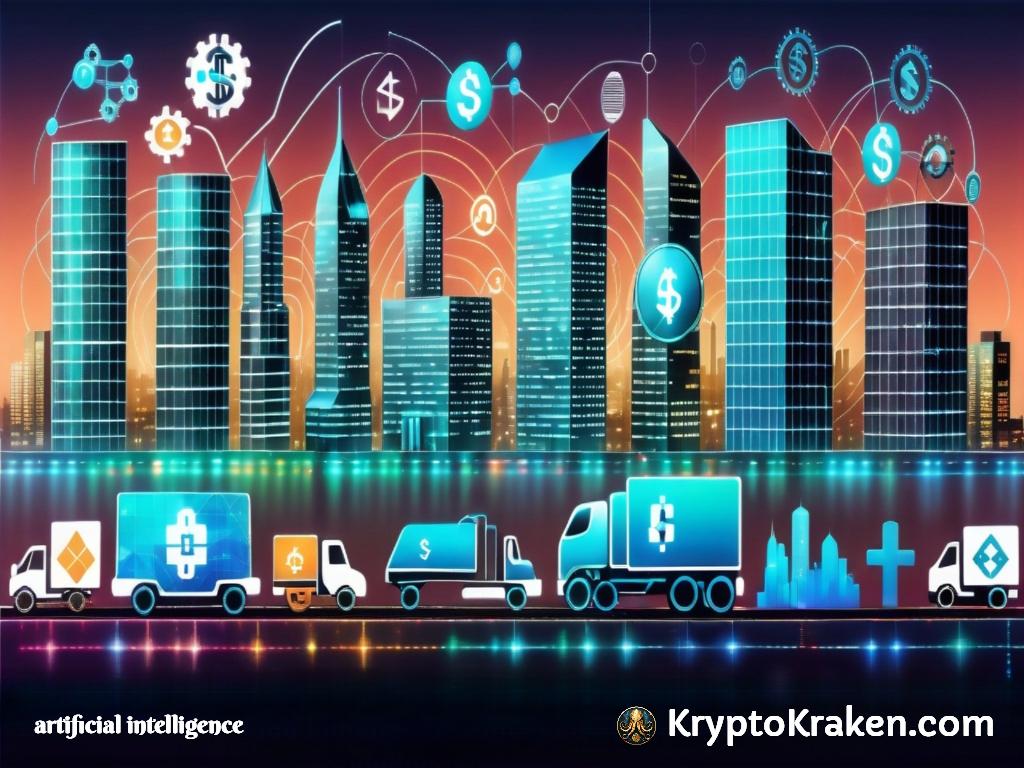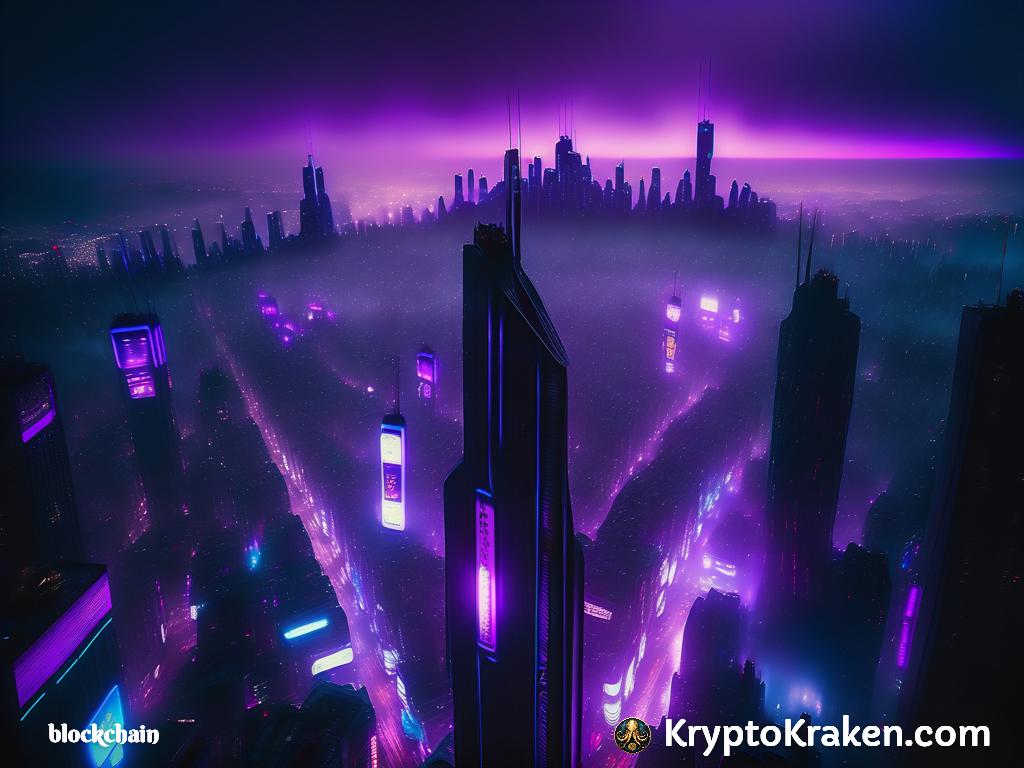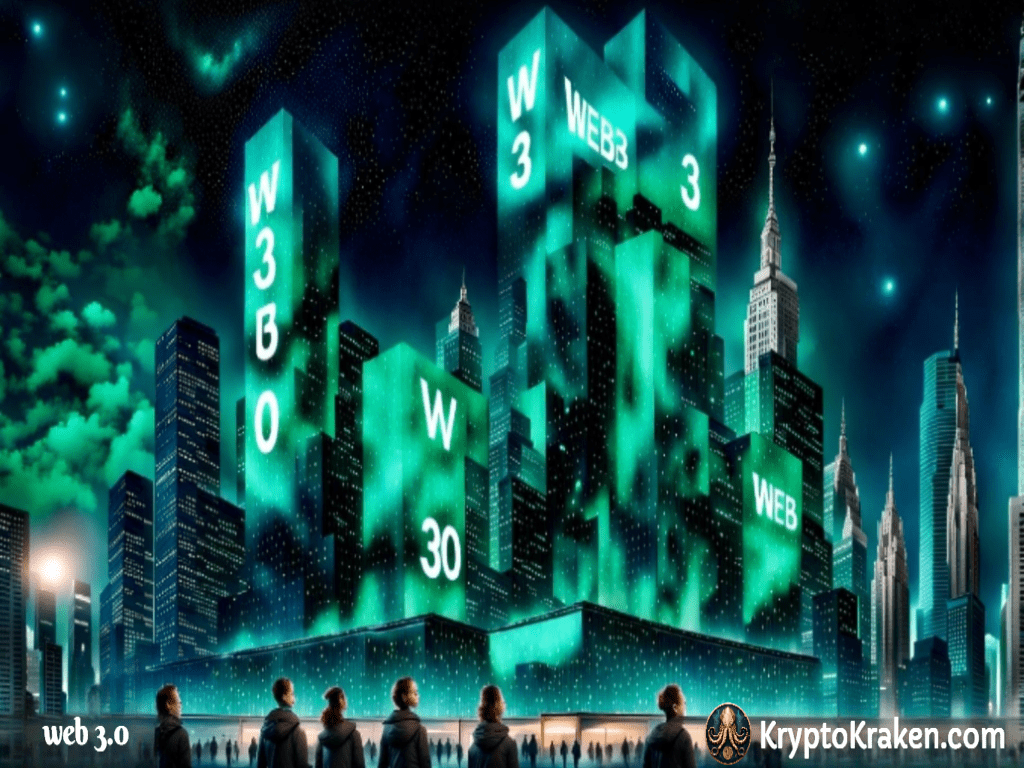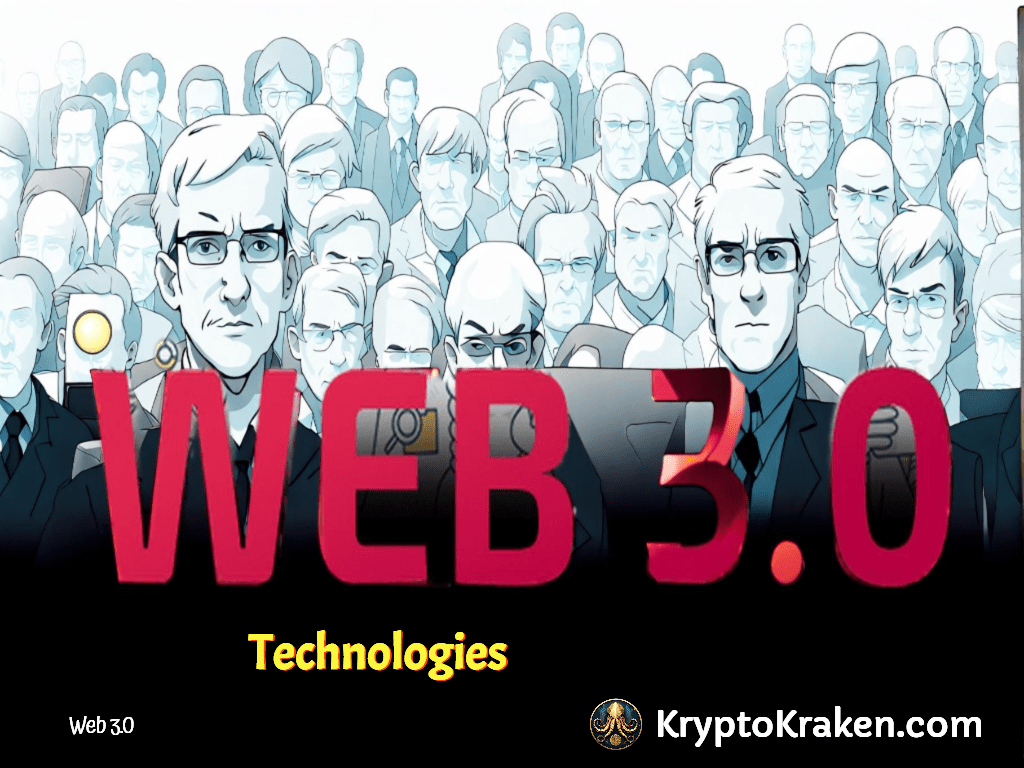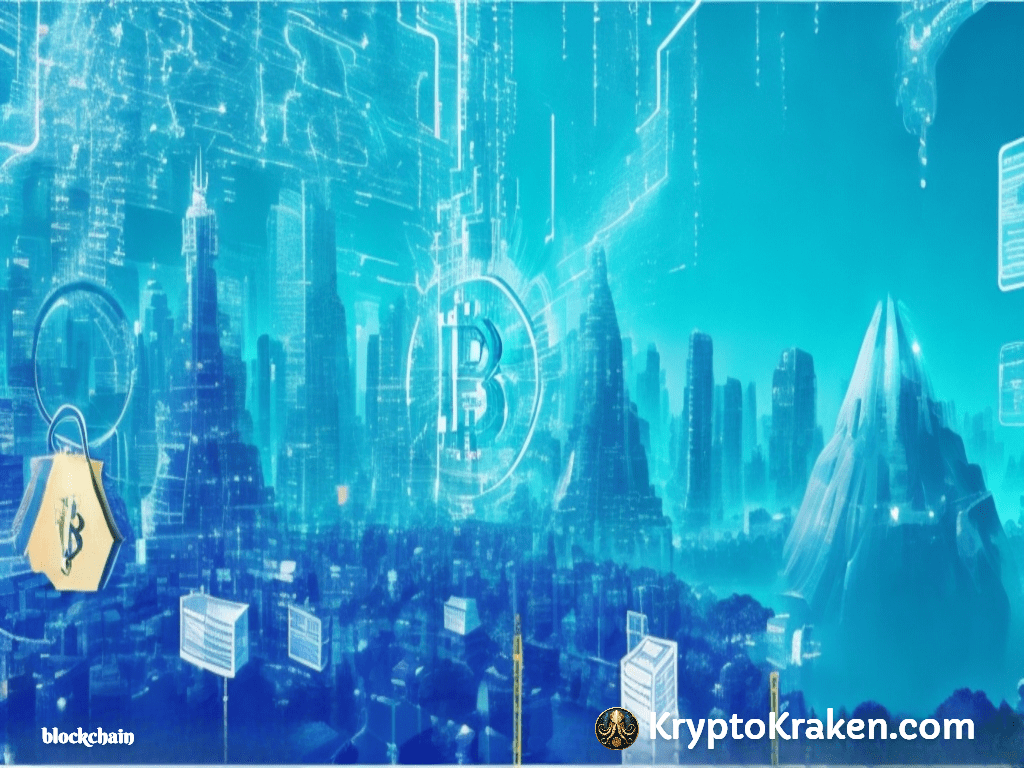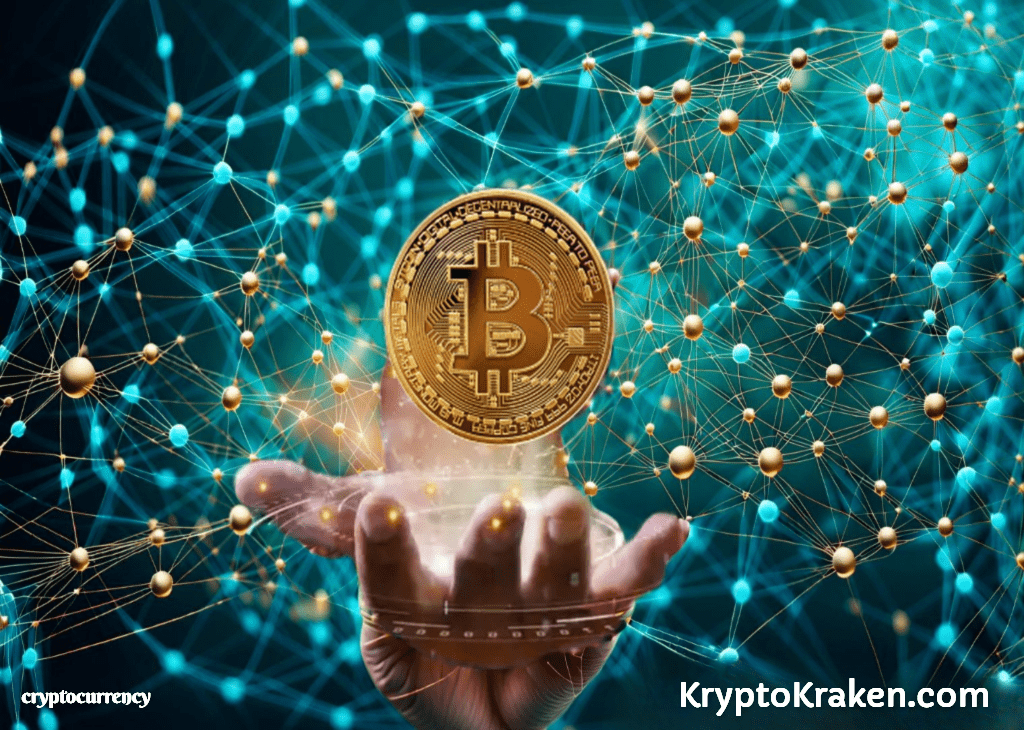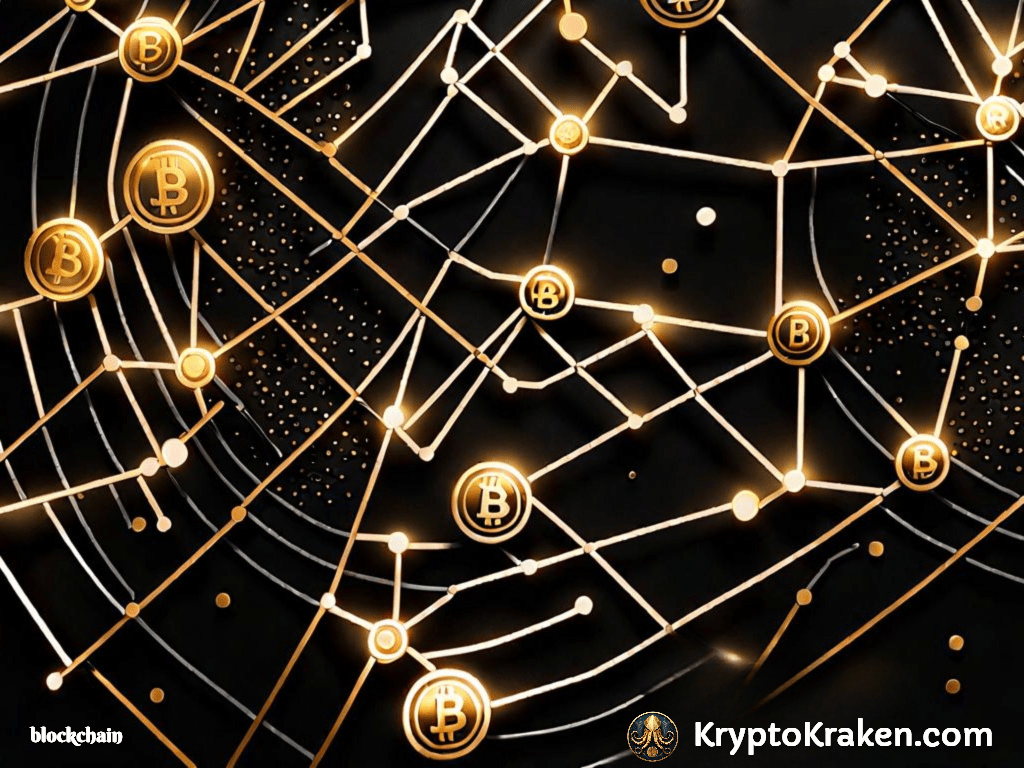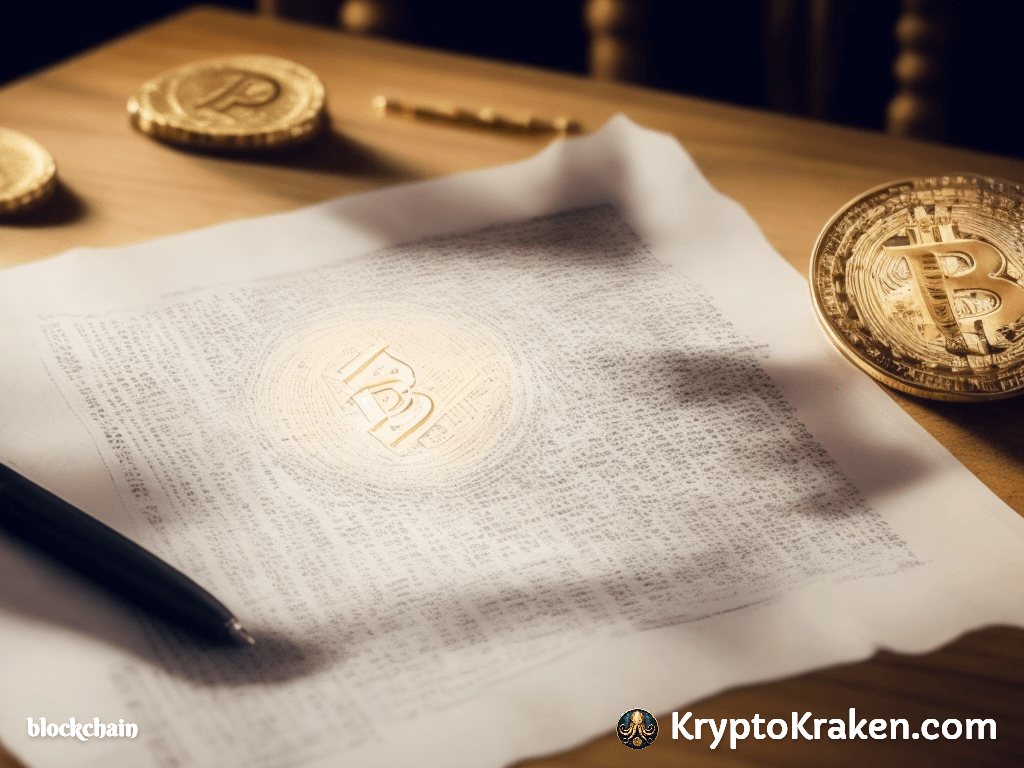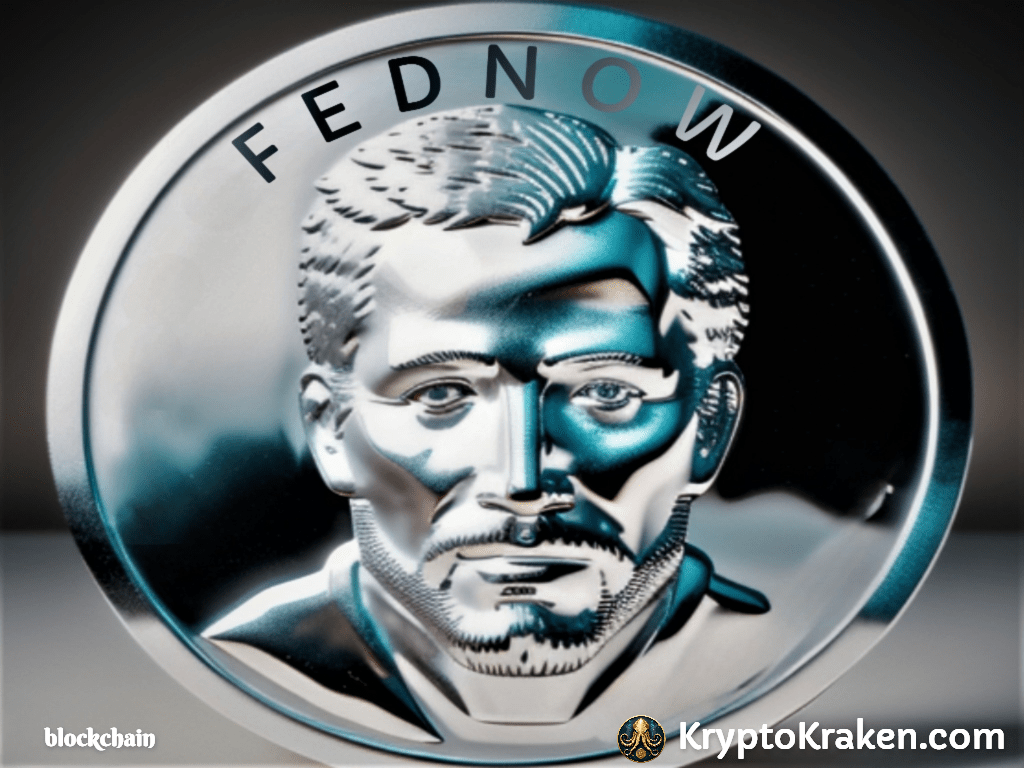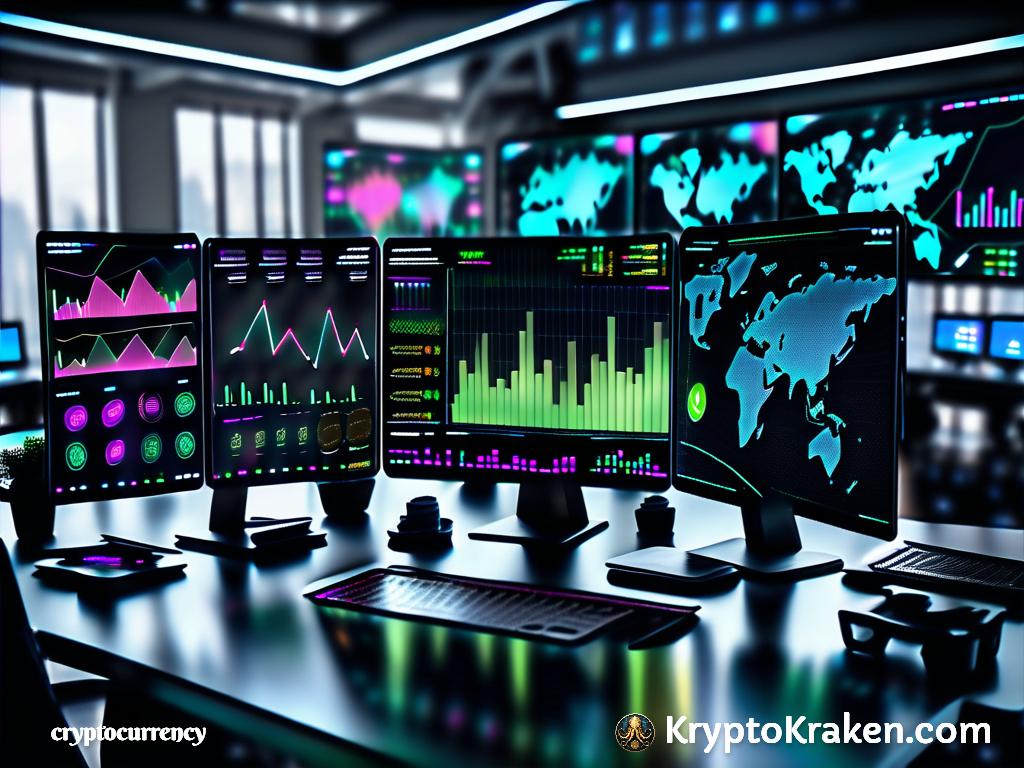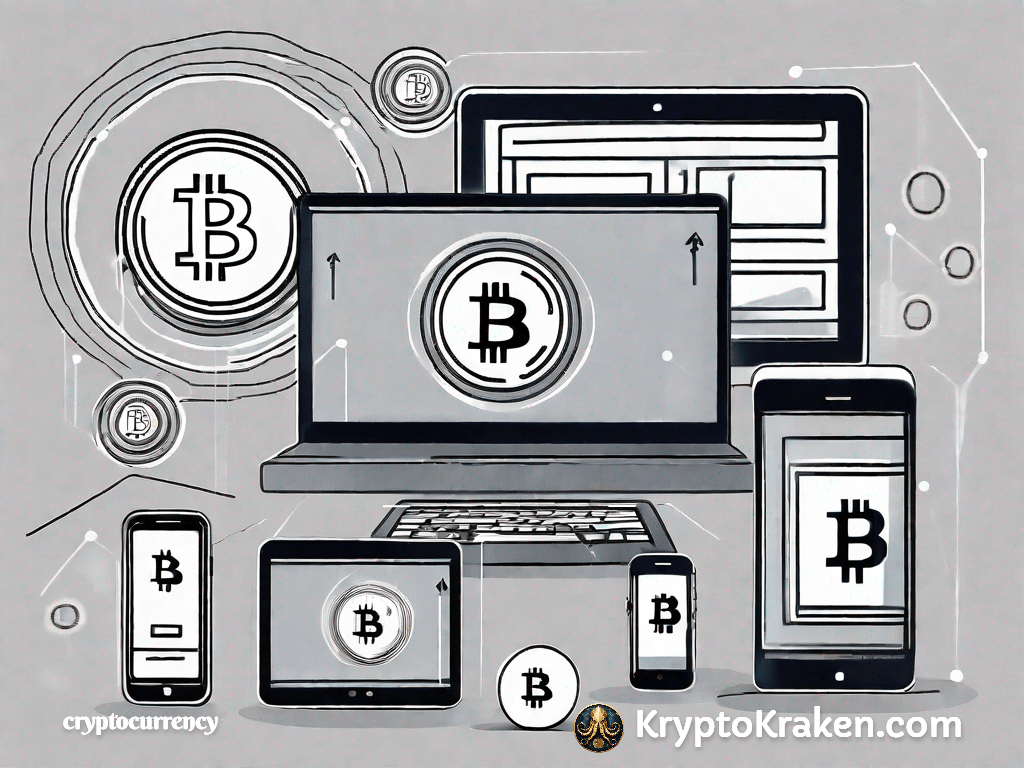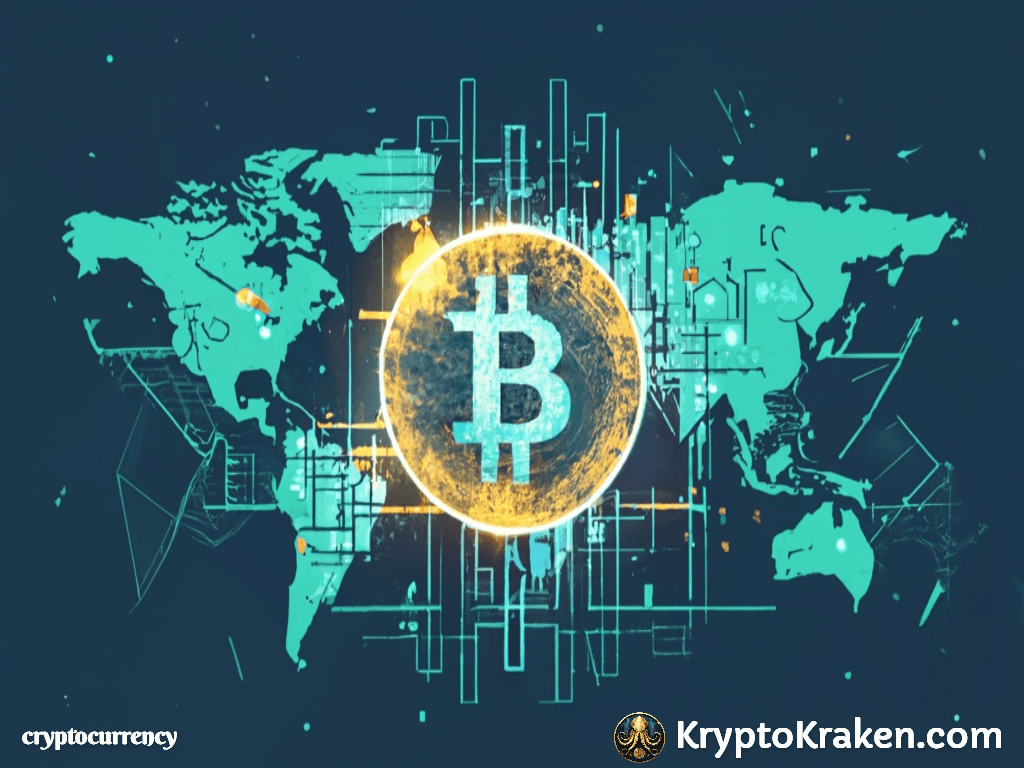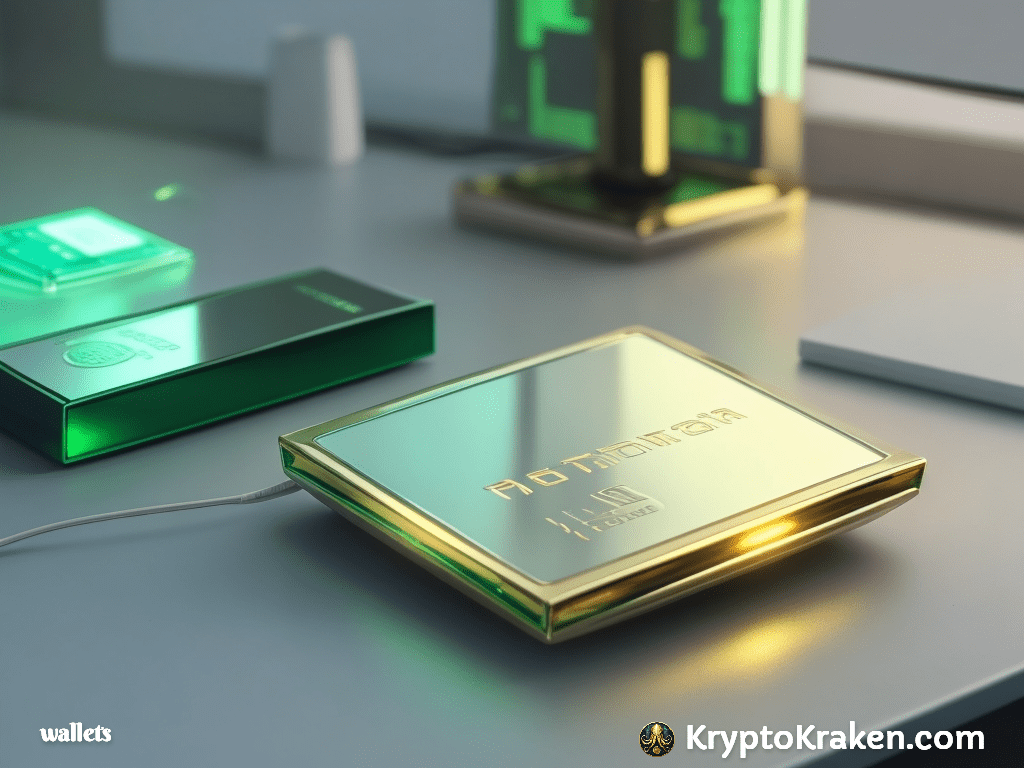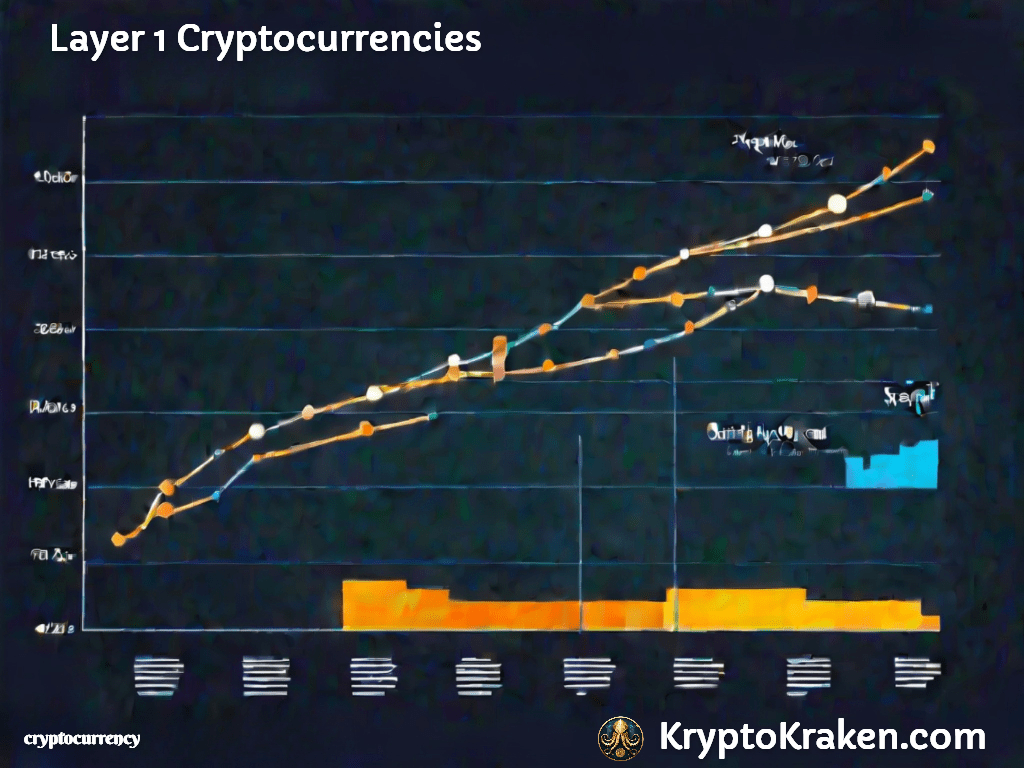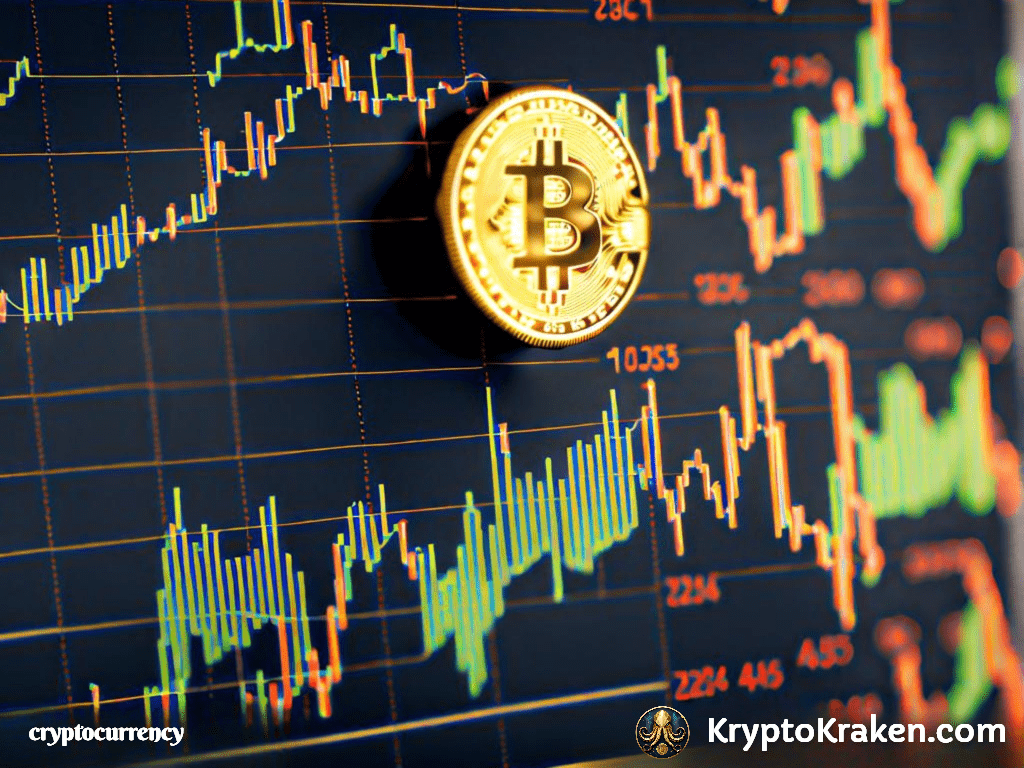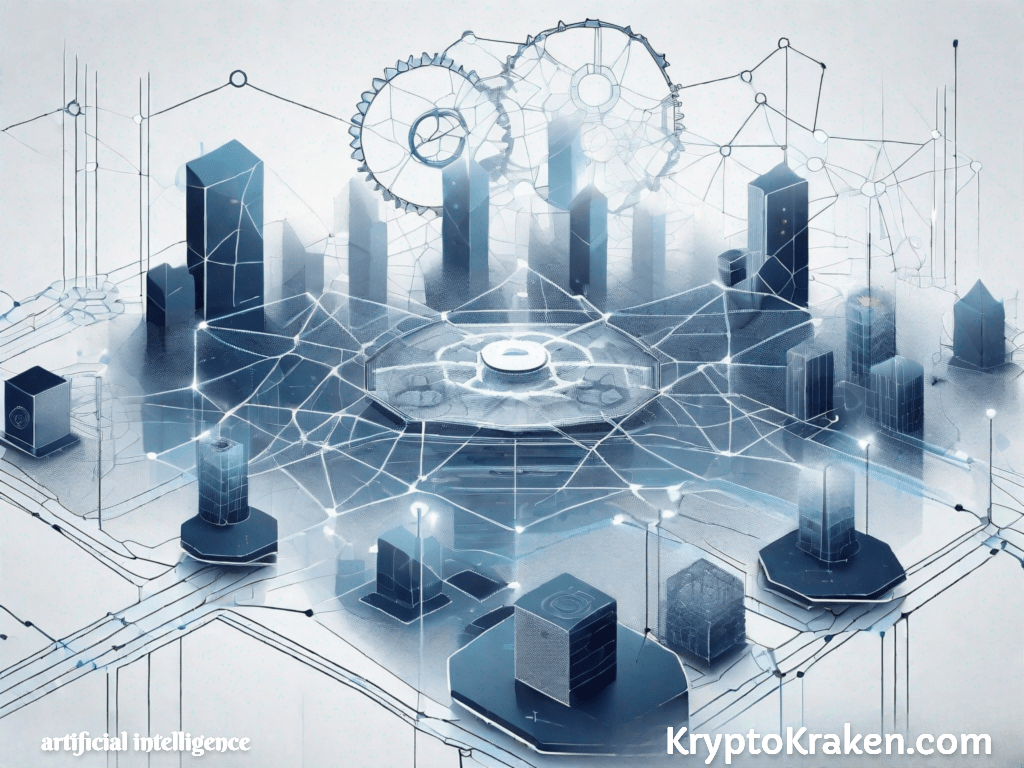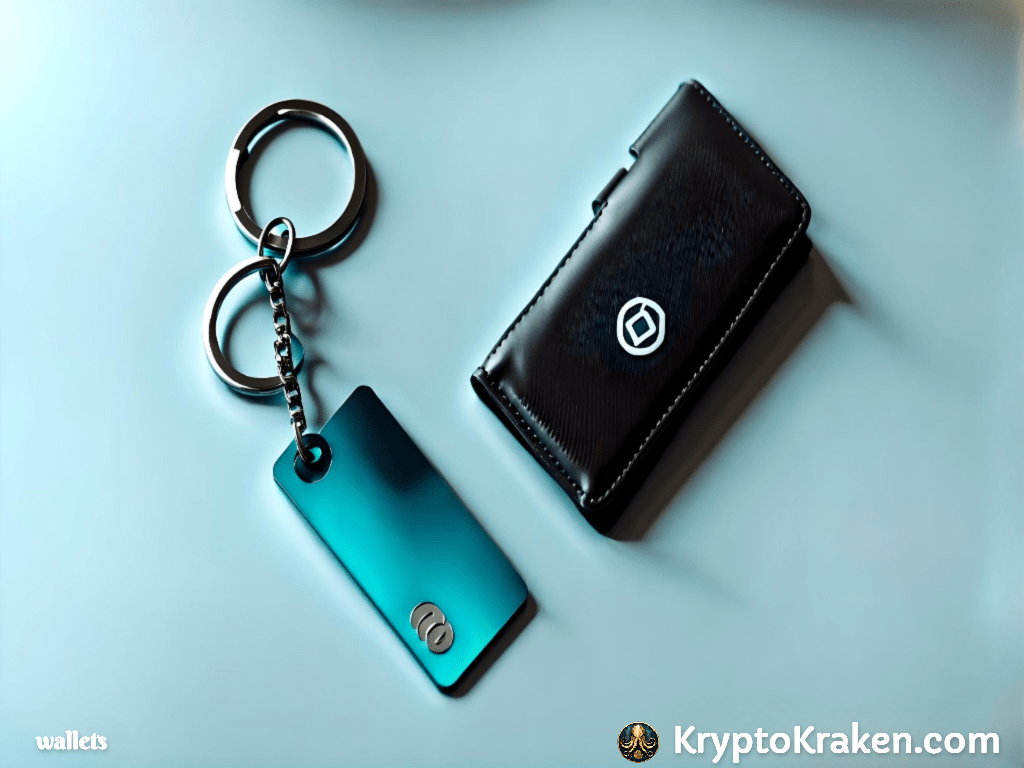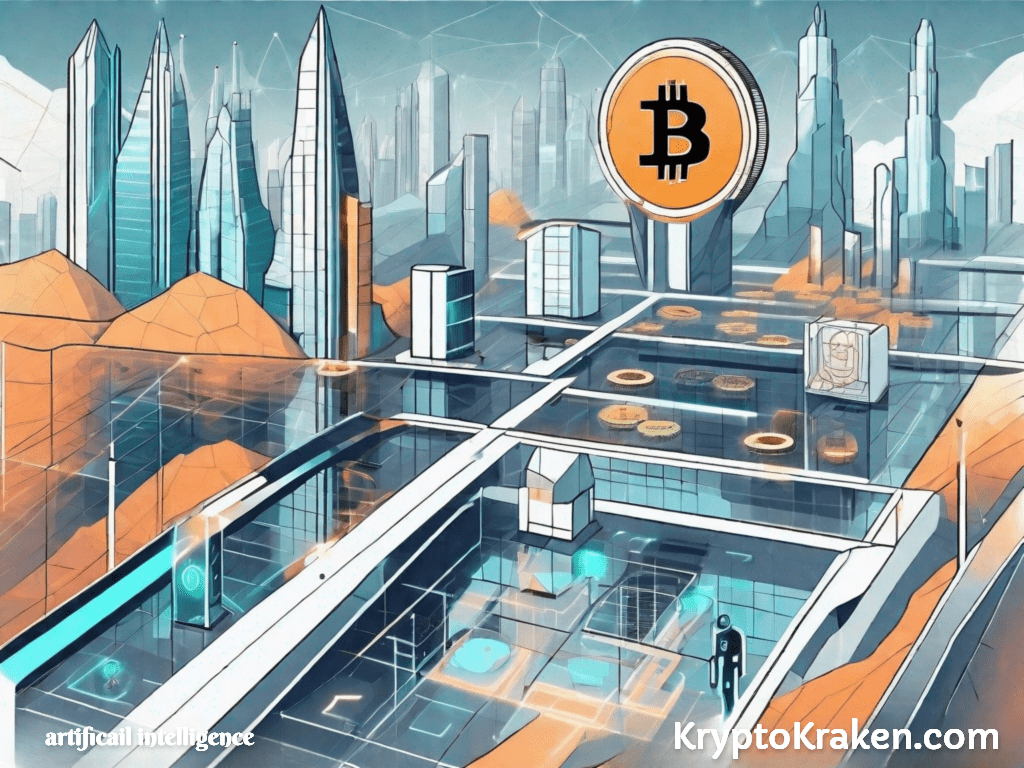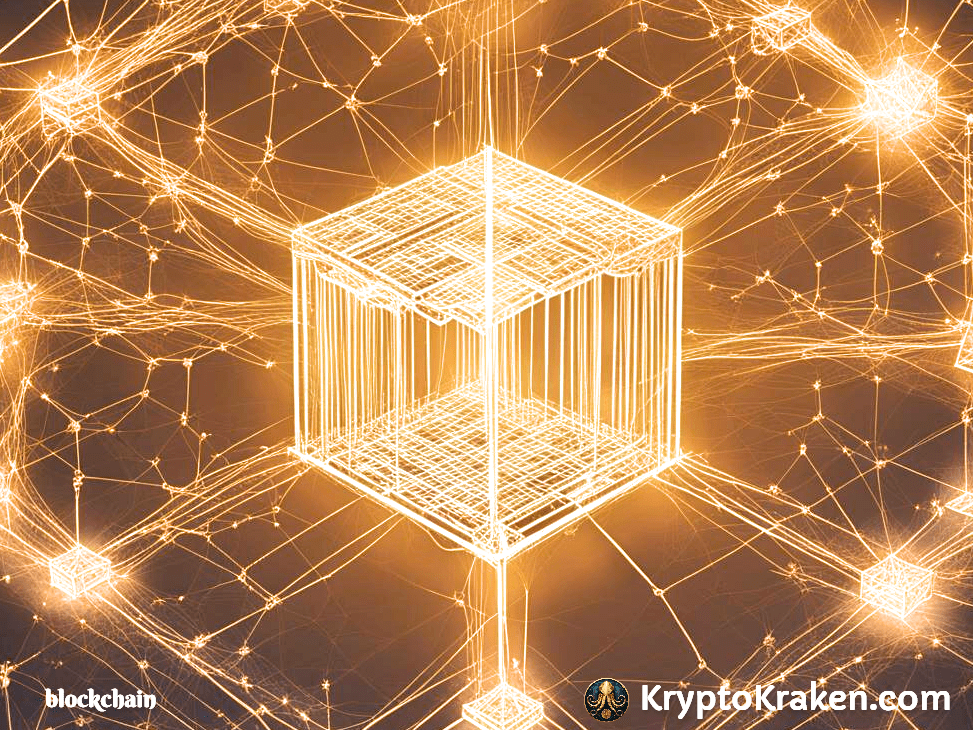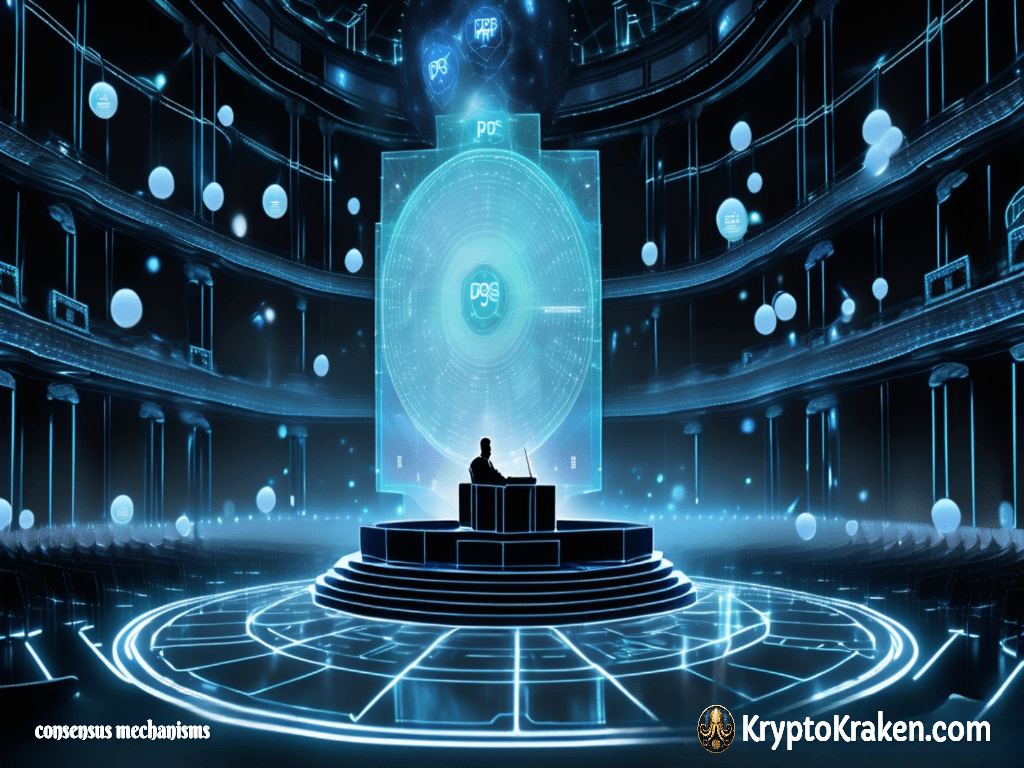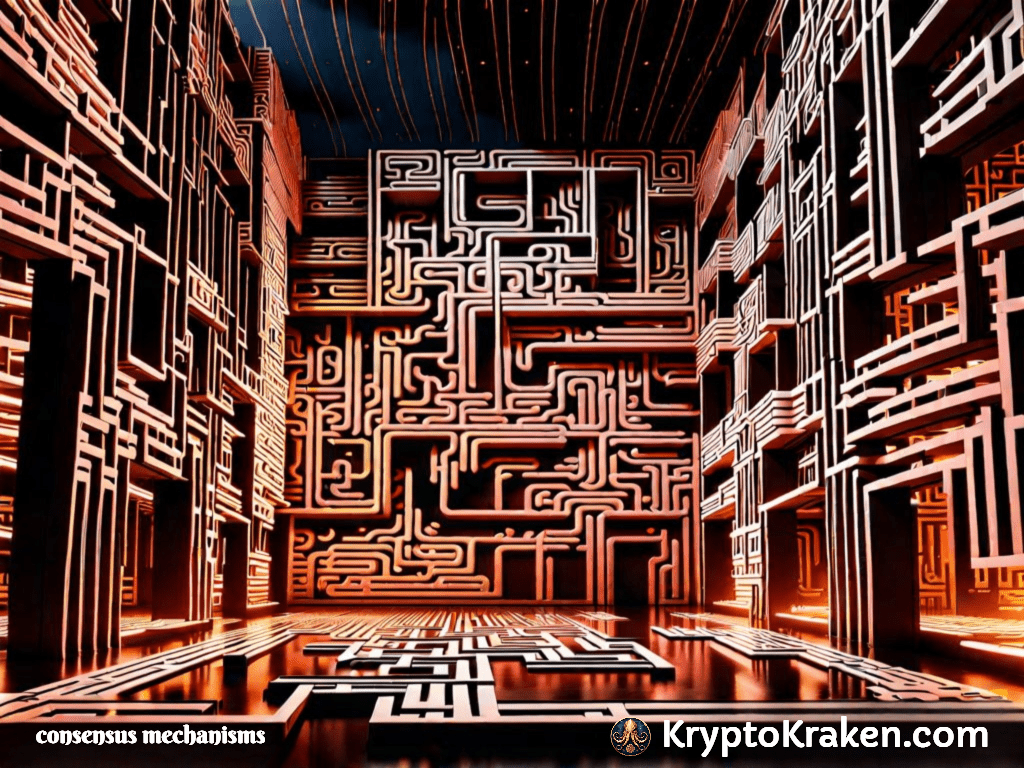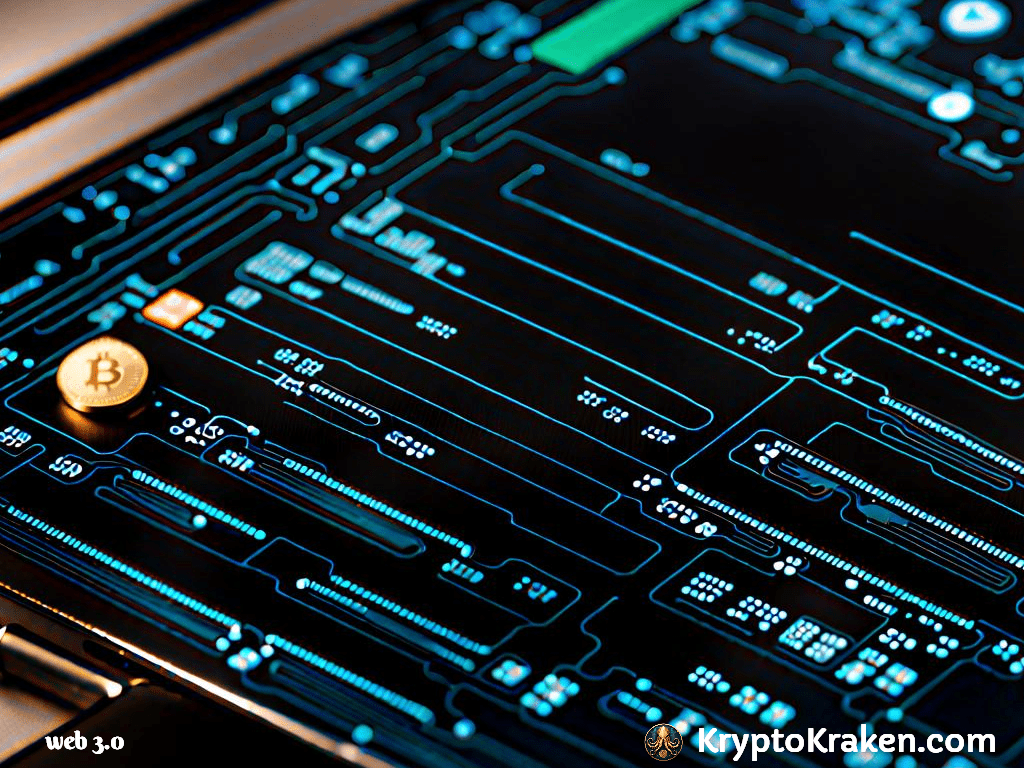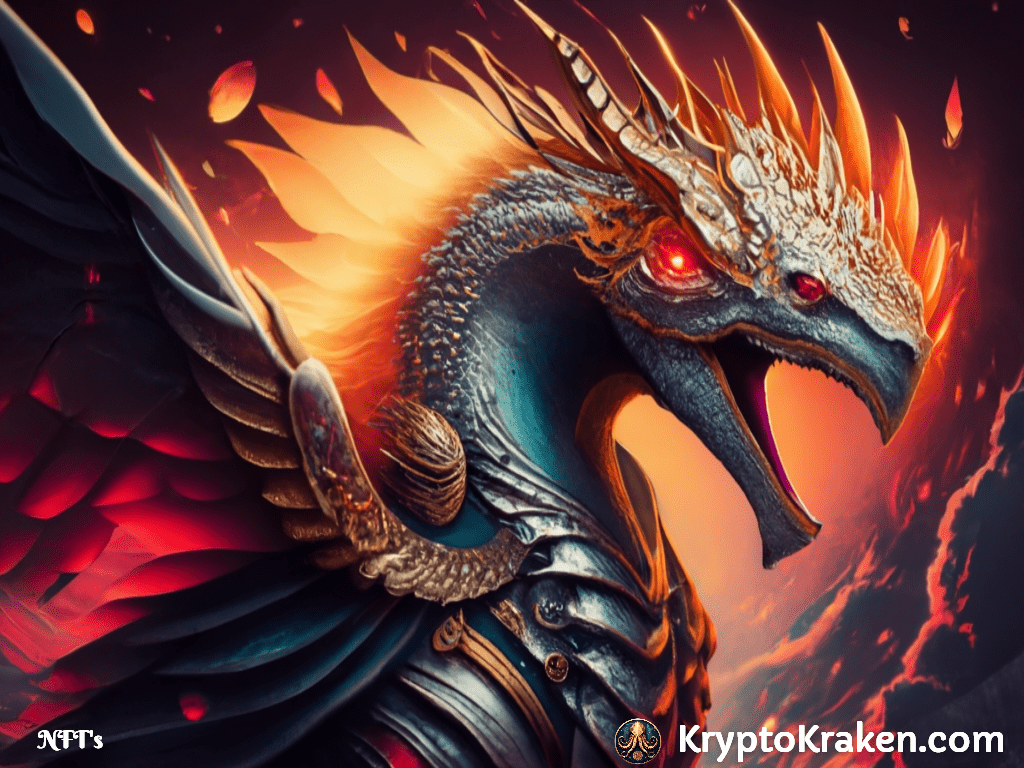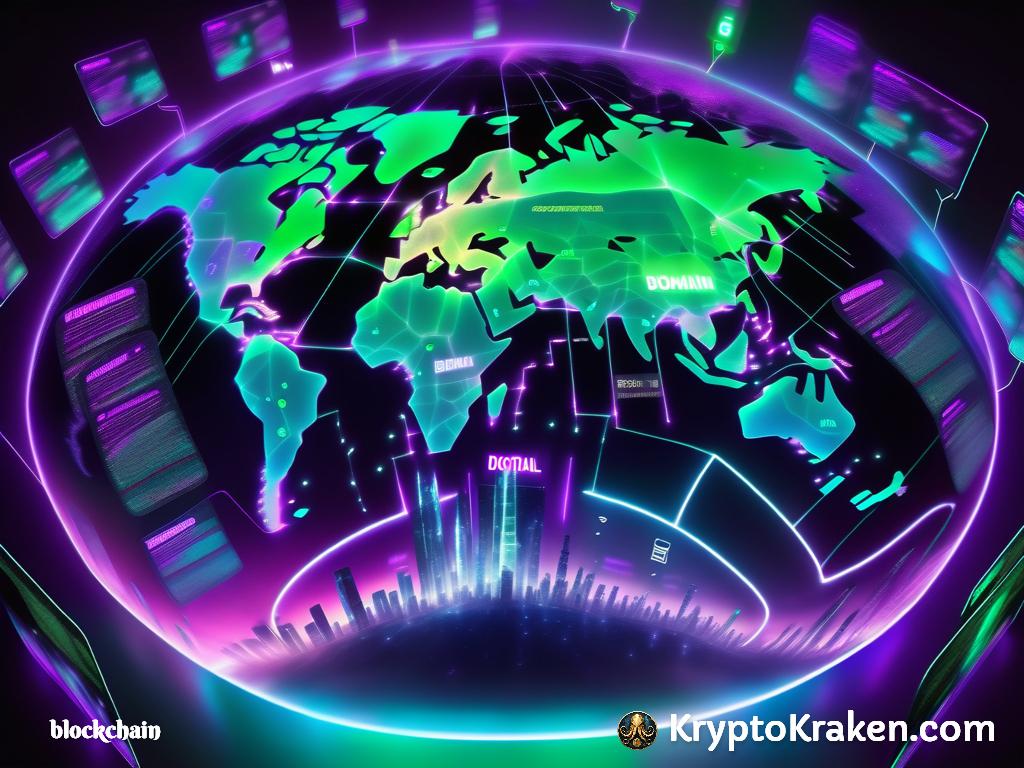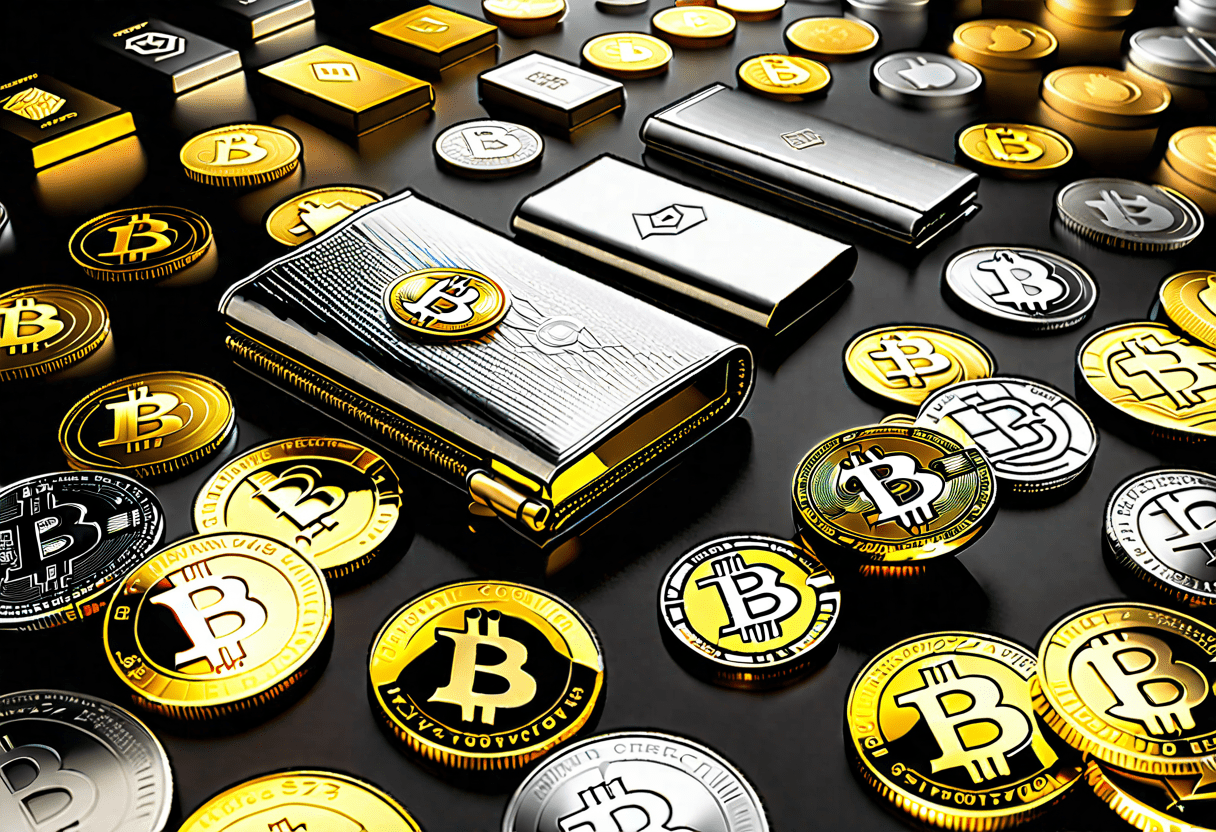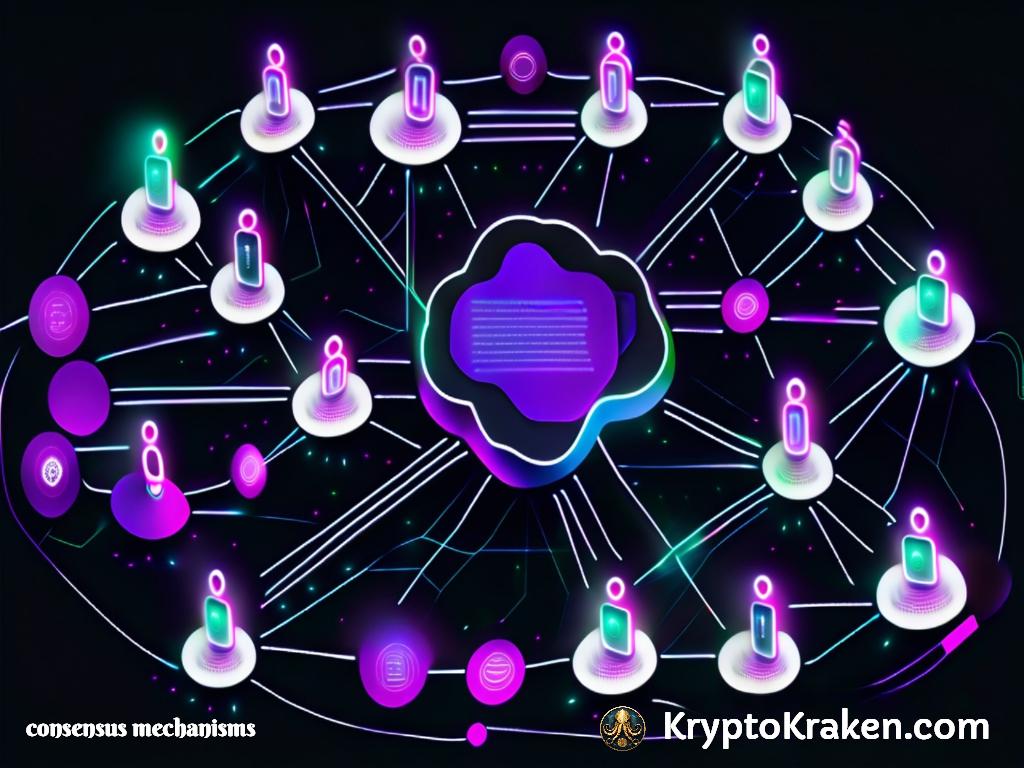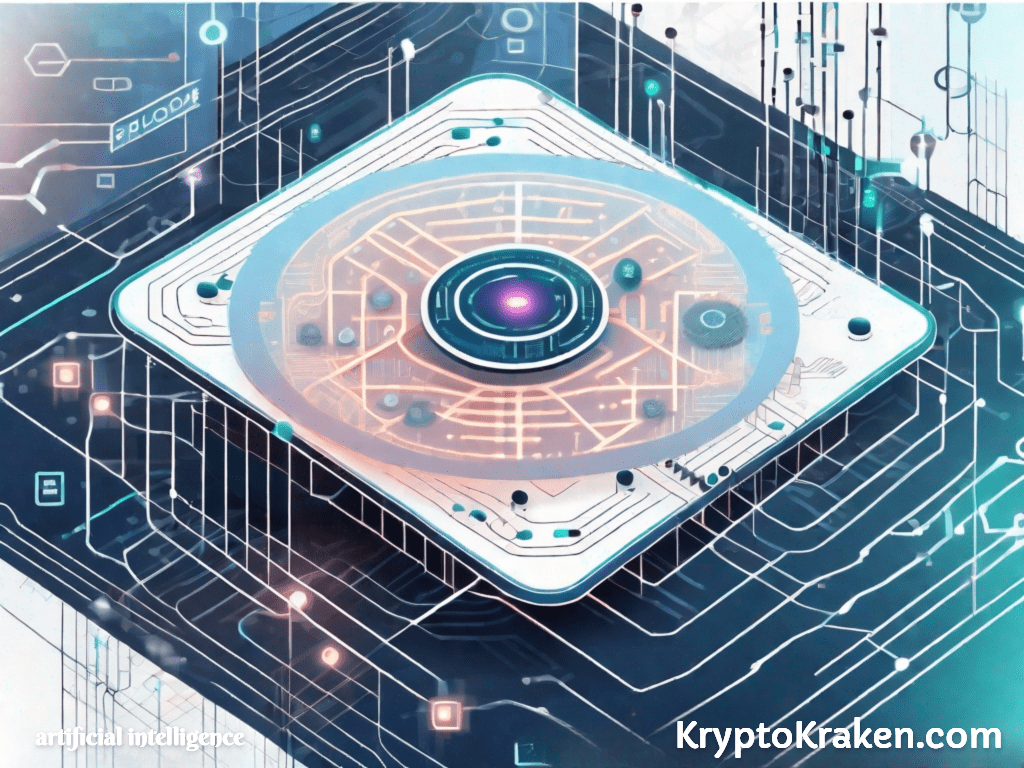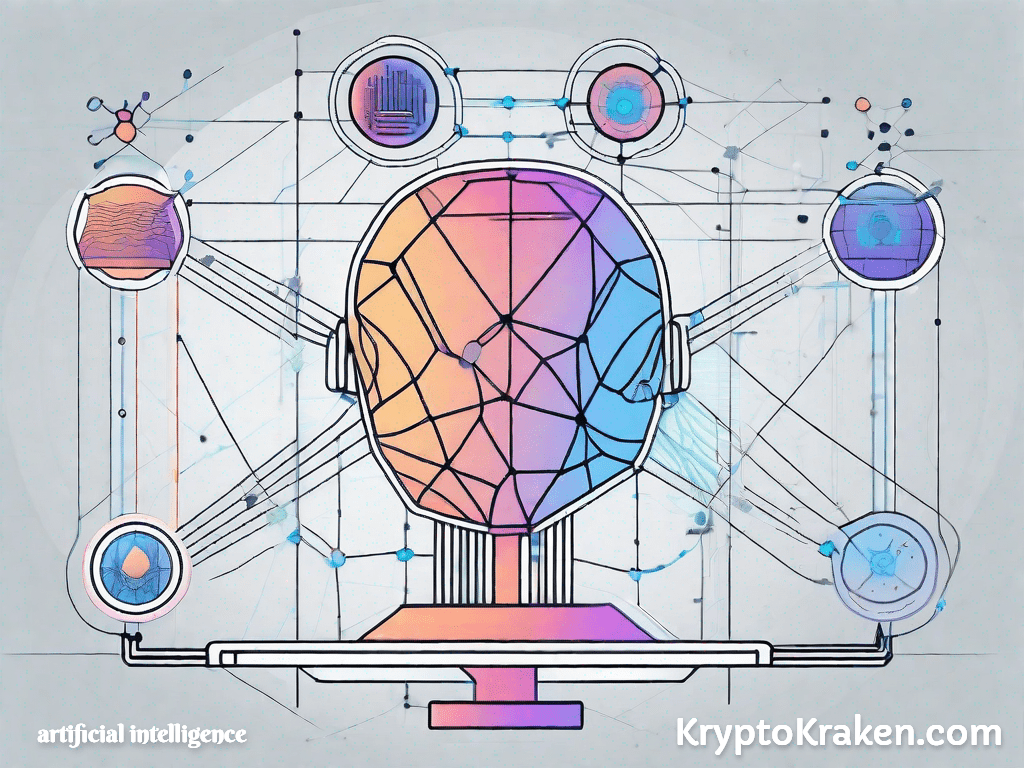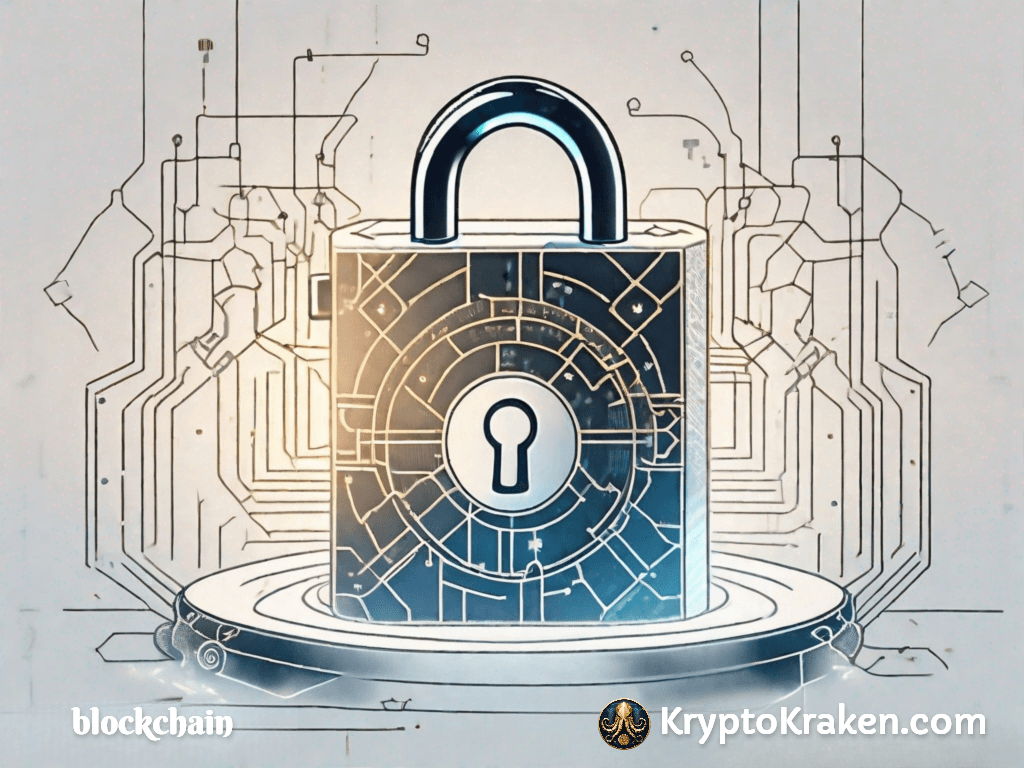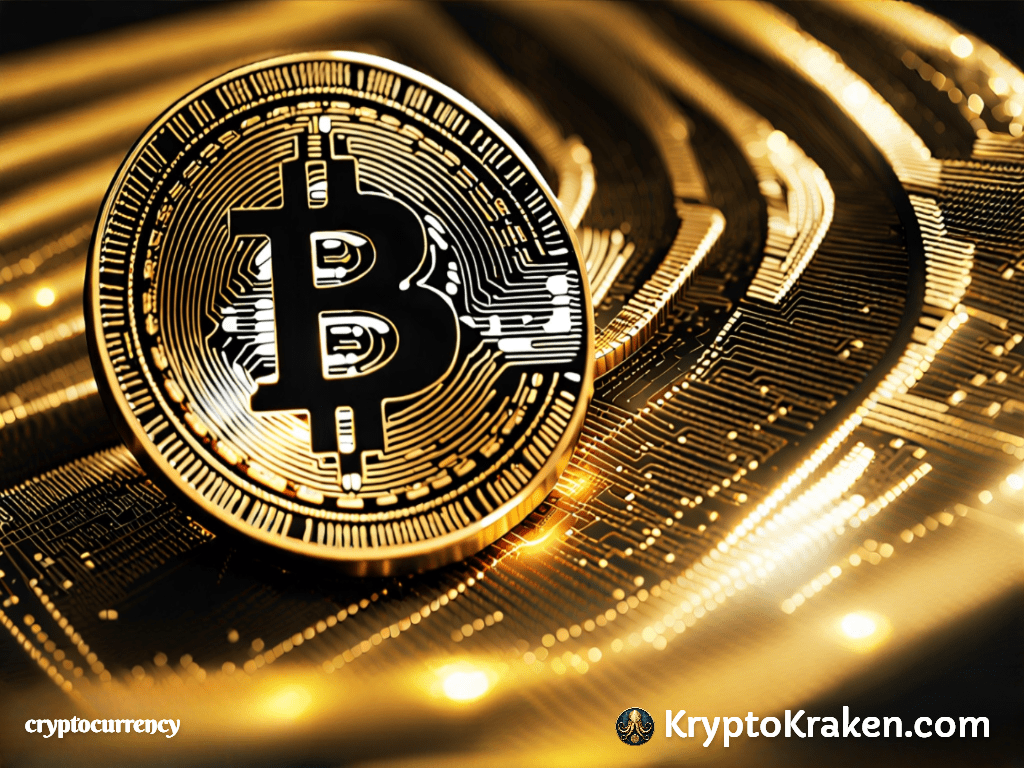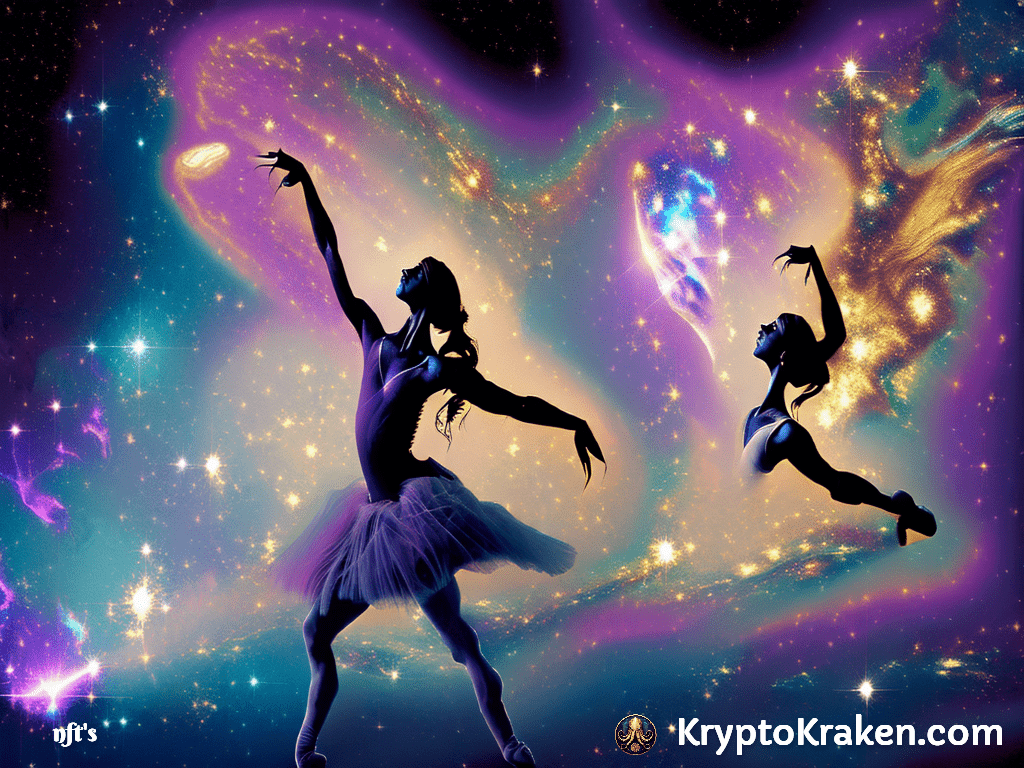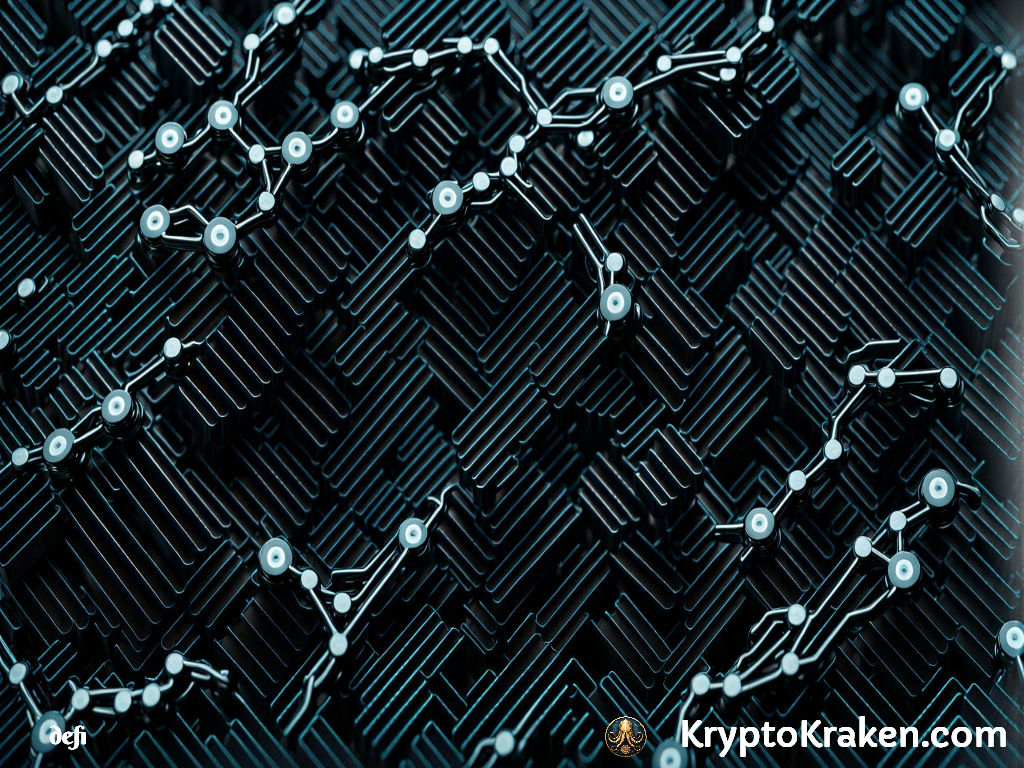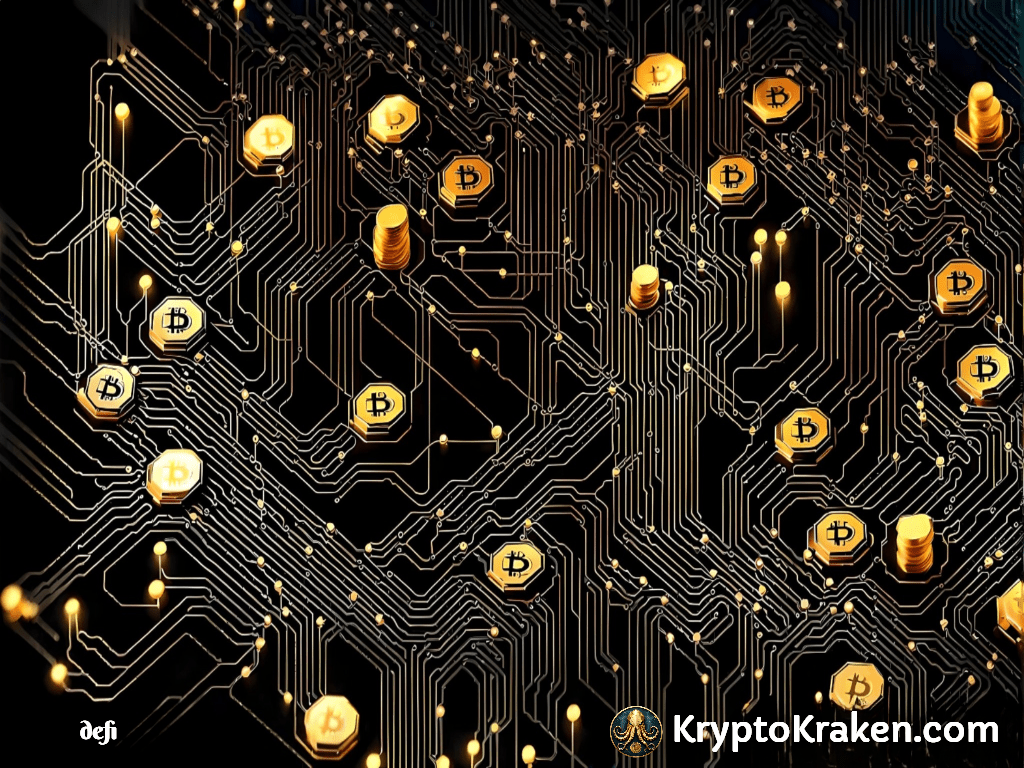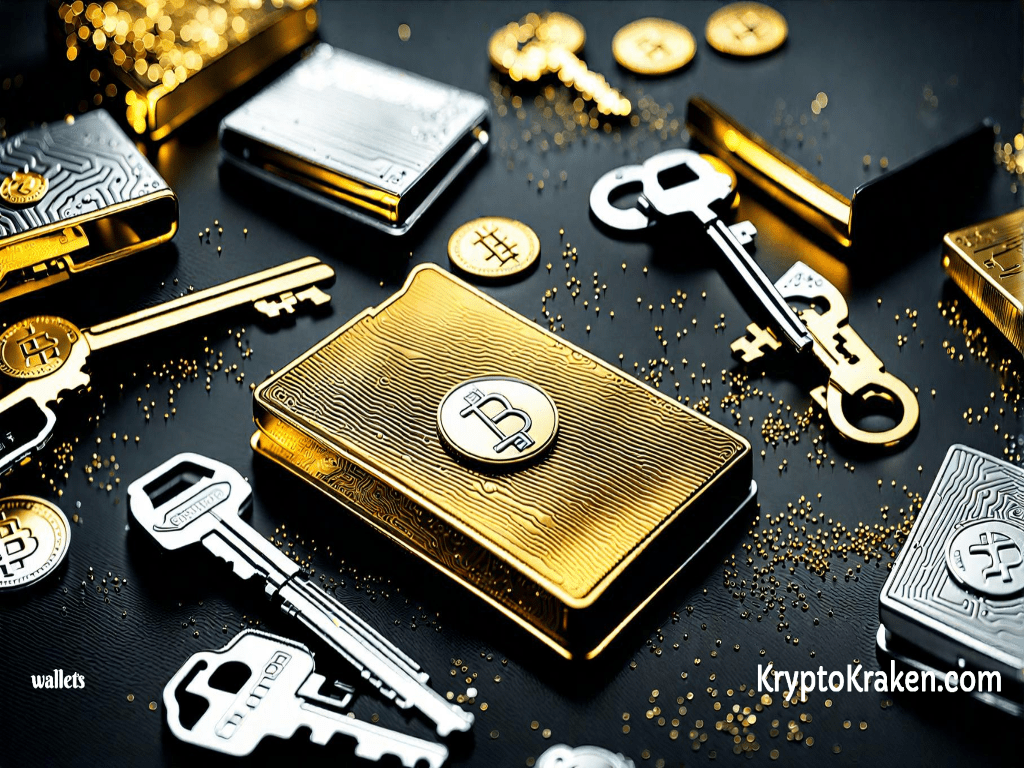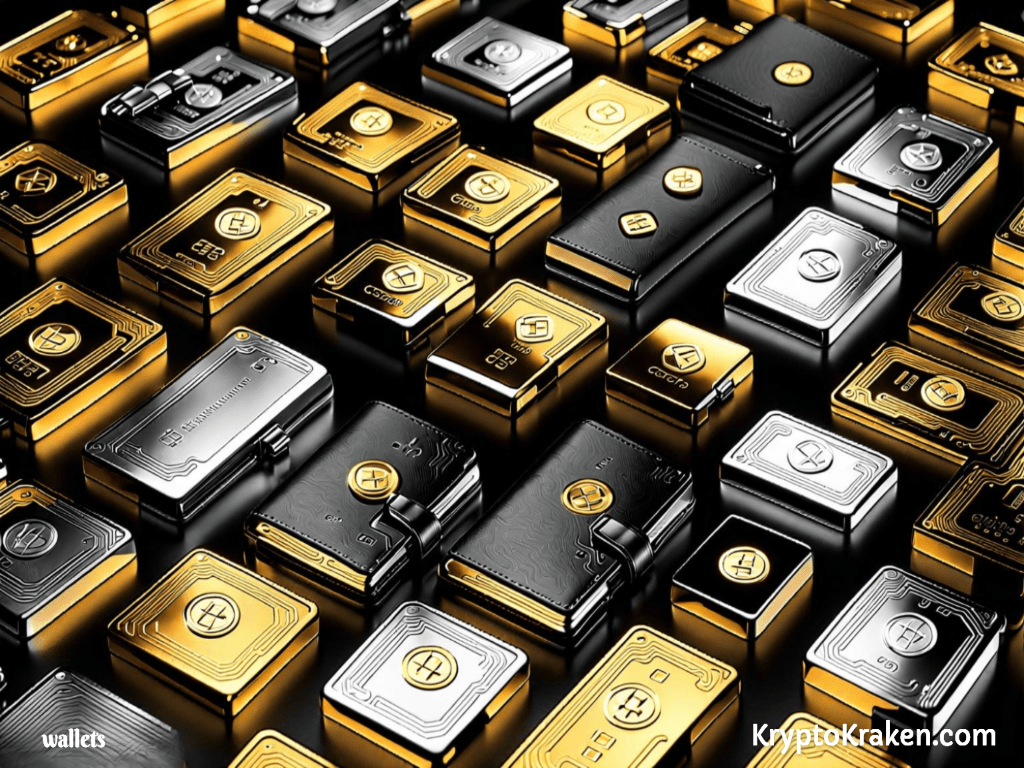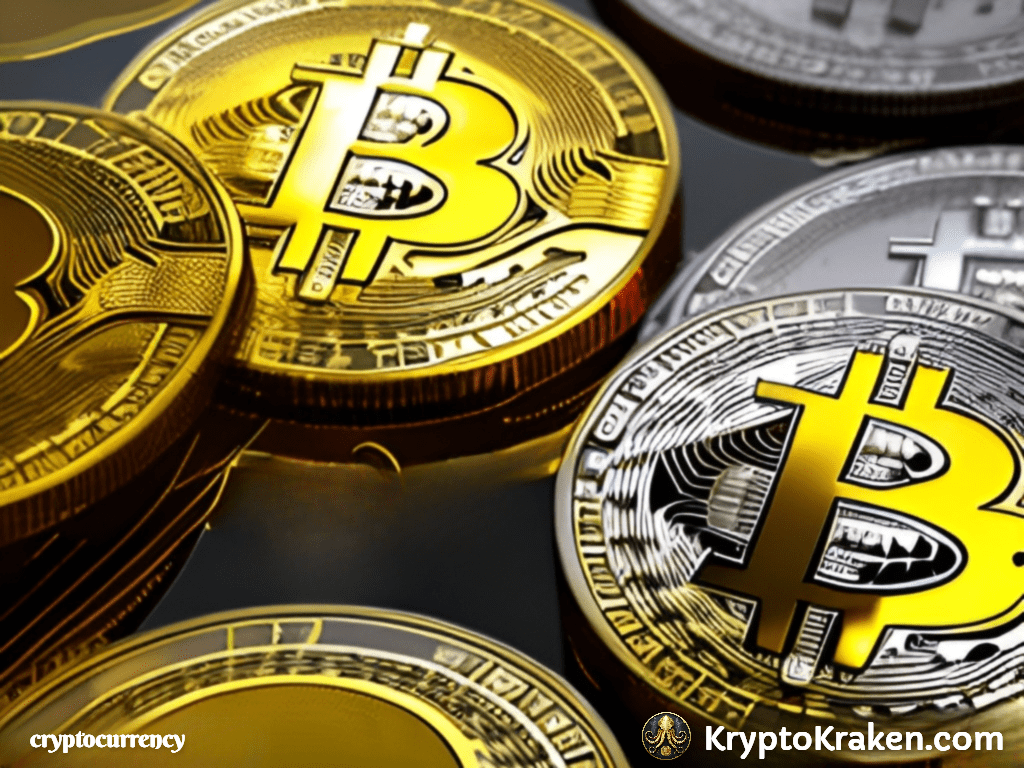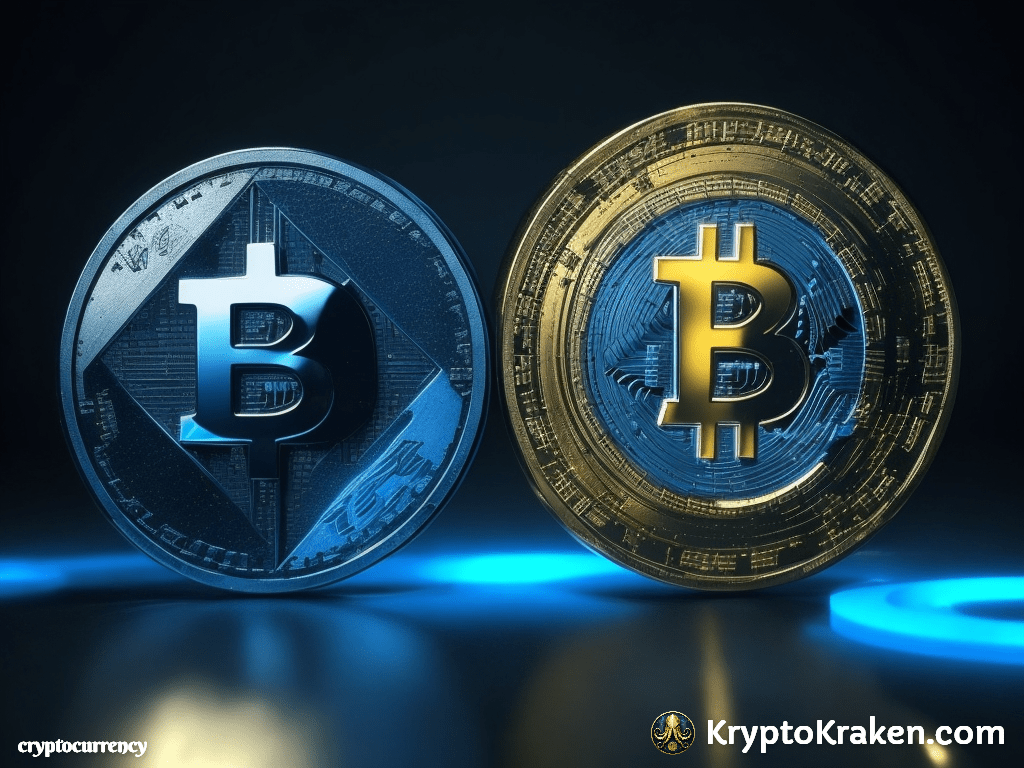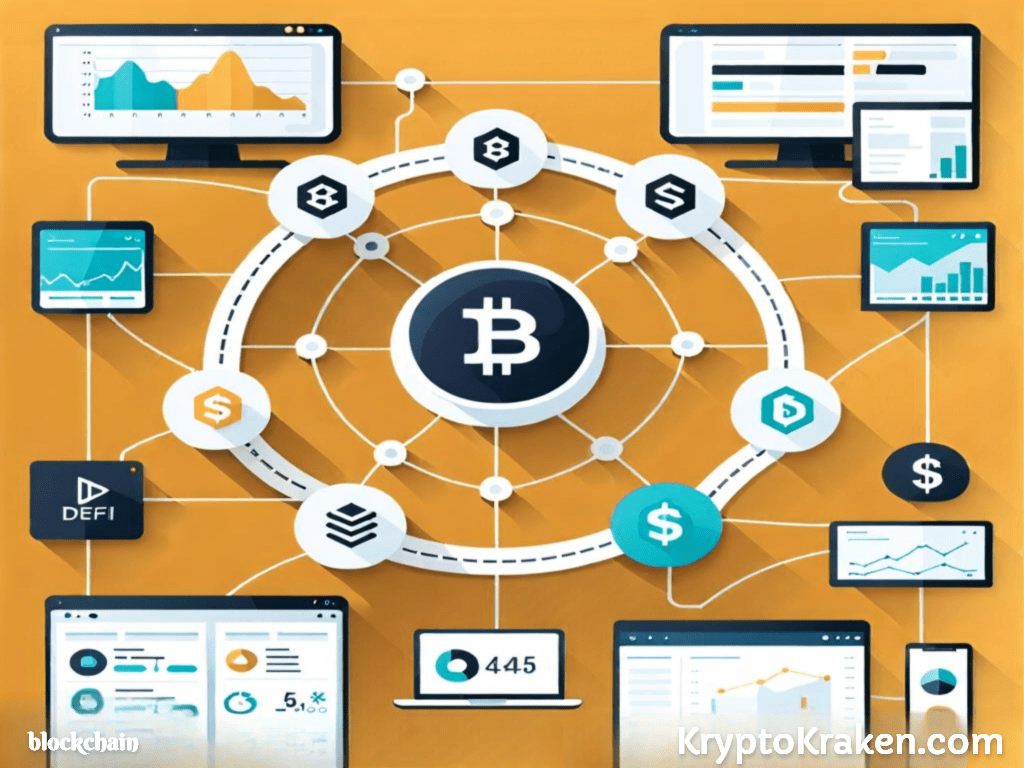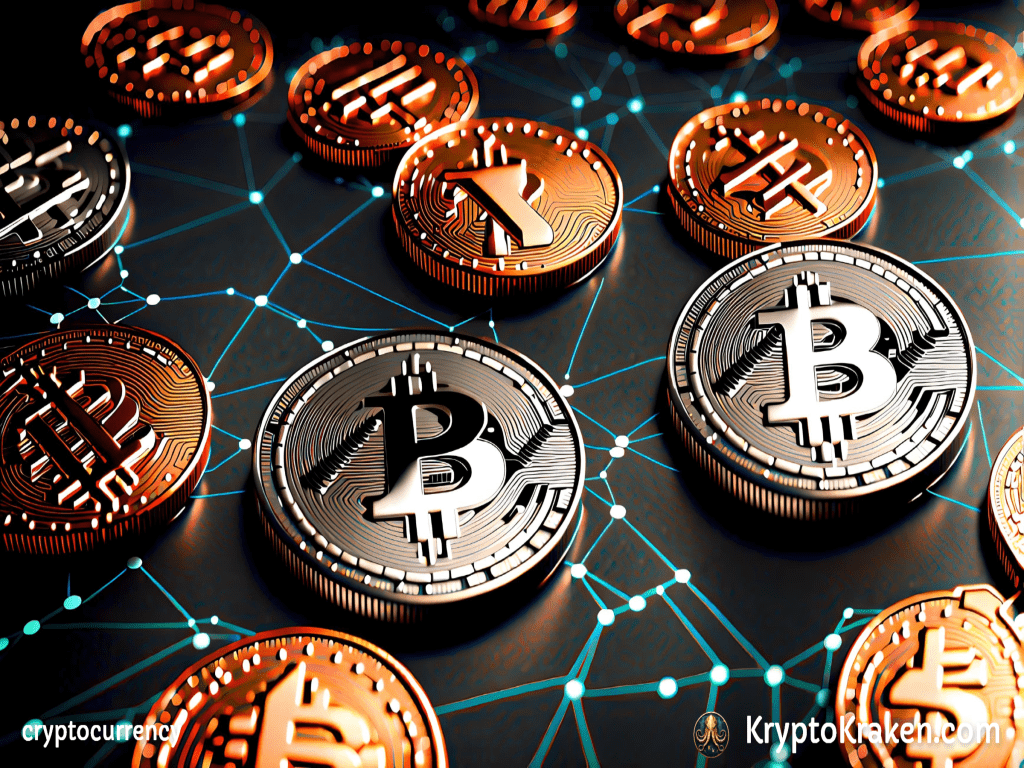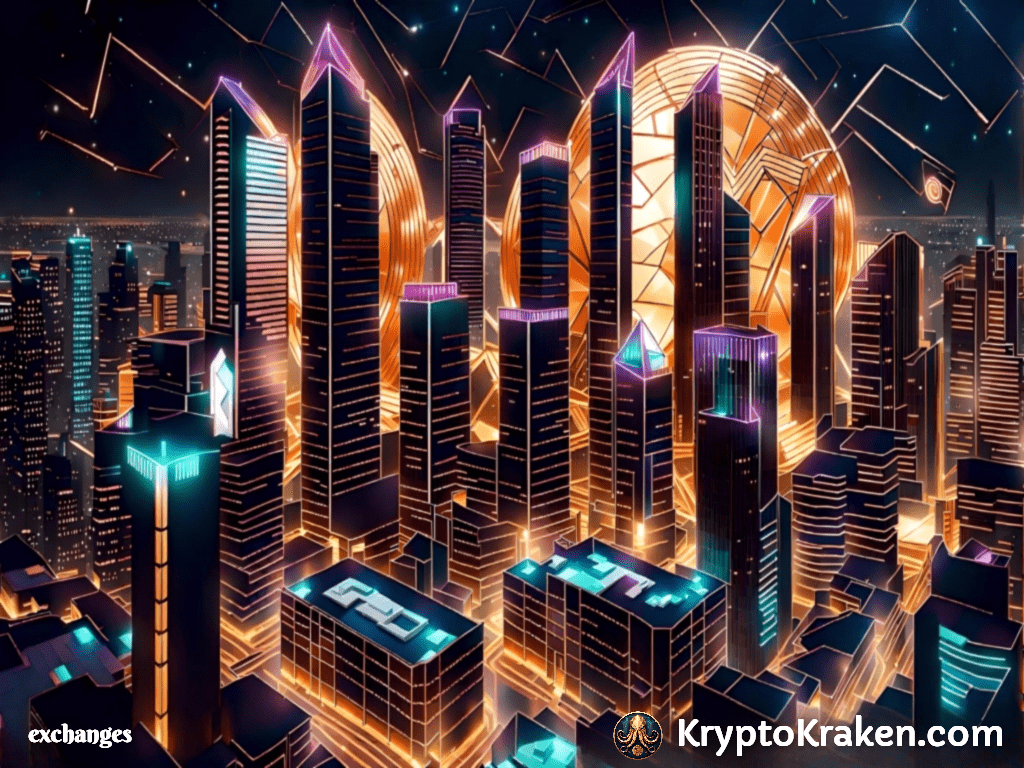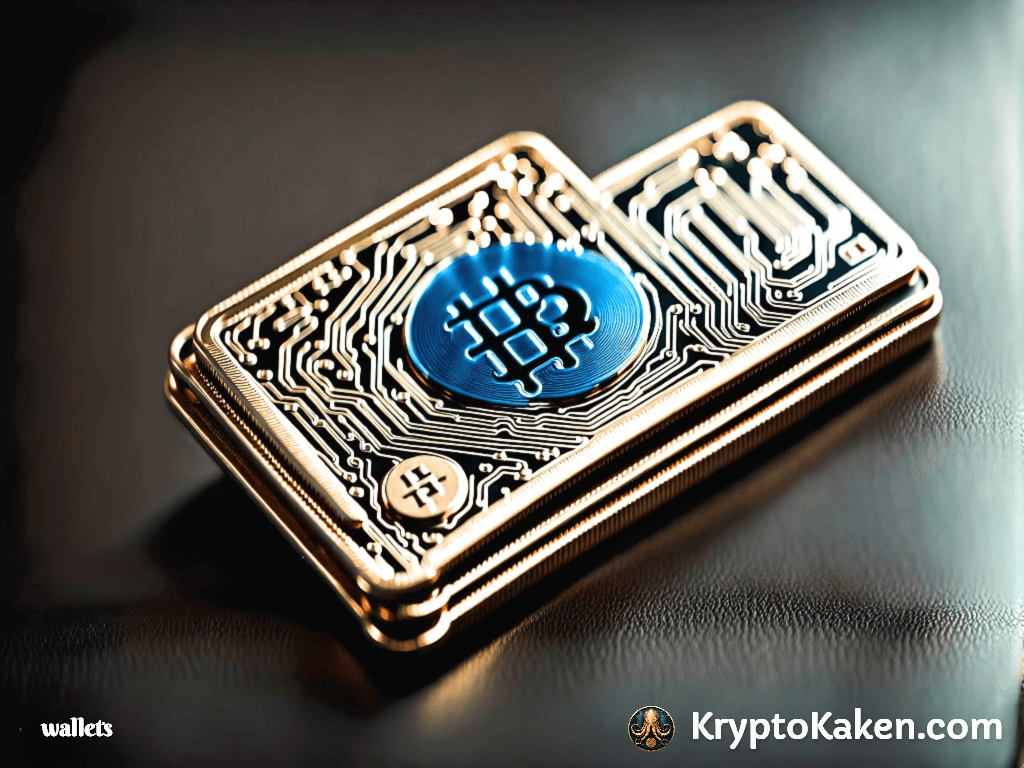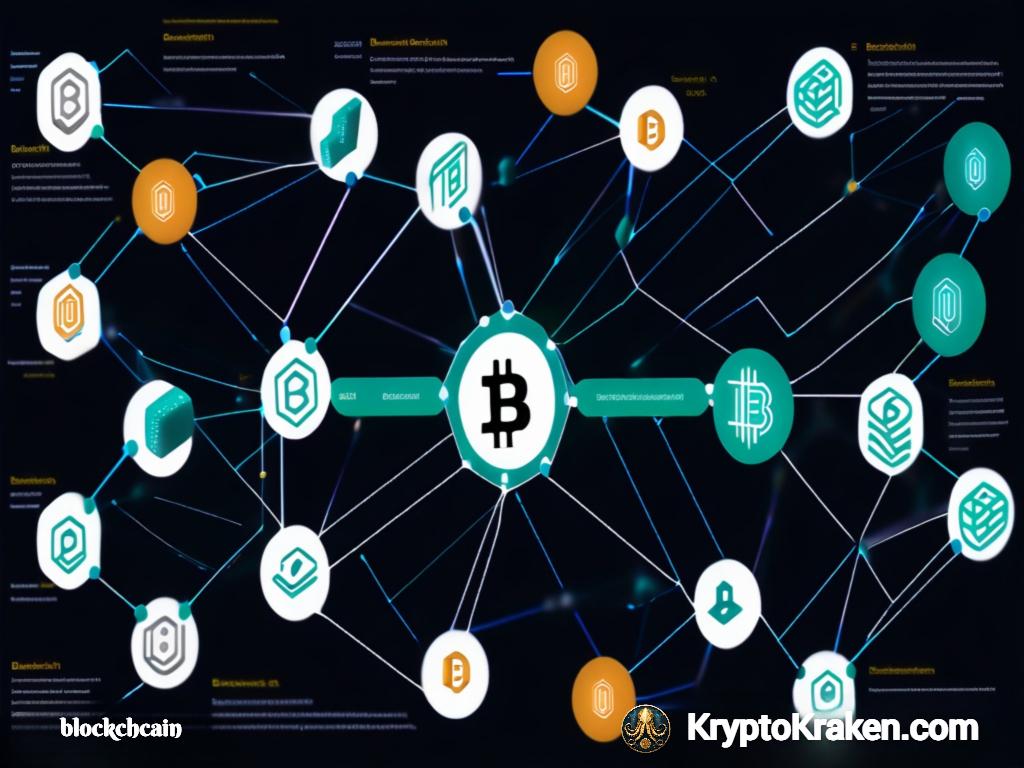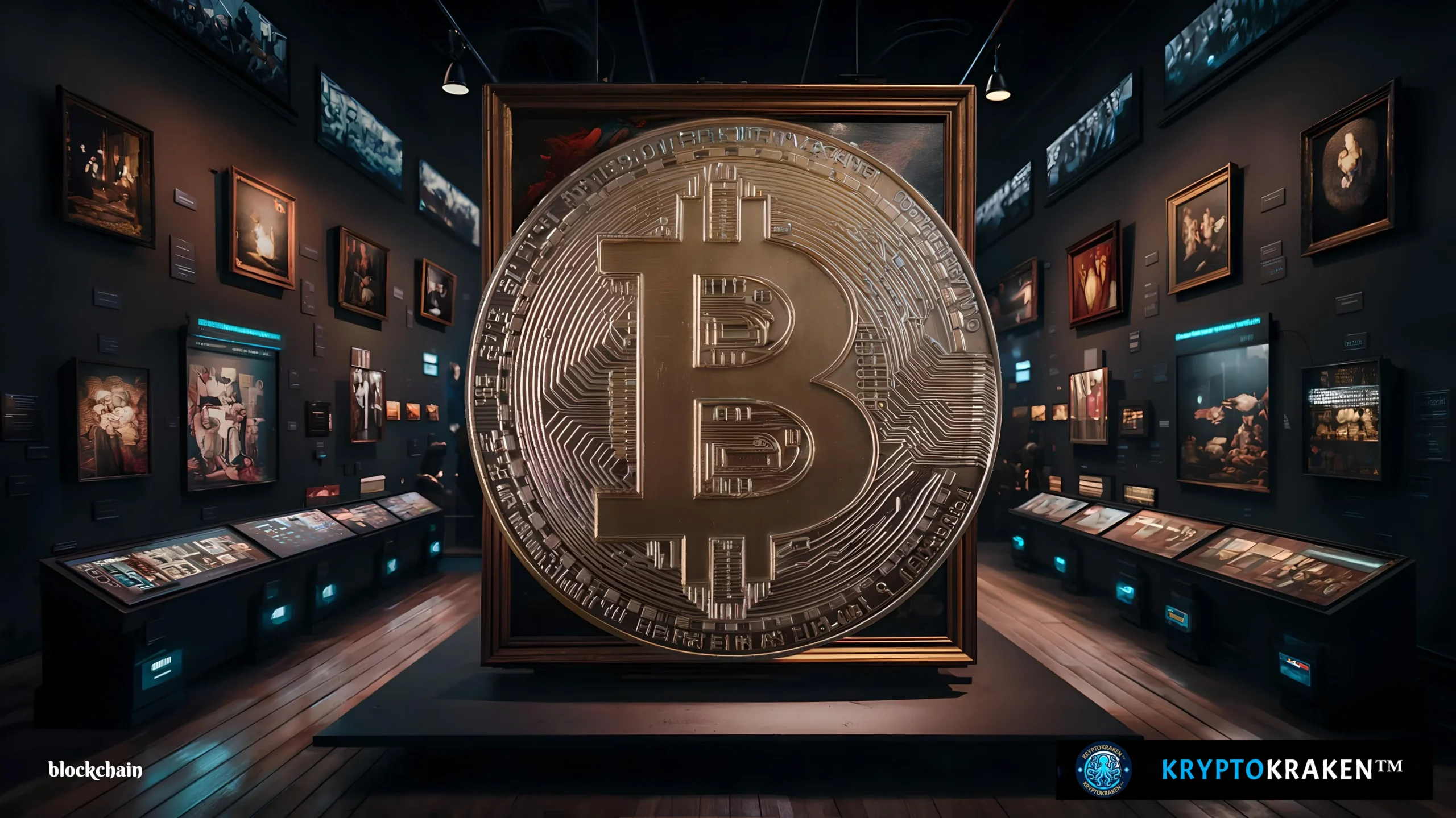
- July 2, 2024
- Frank Campbell
- 0
Art and collectibles have always held a special place in human culture. They inspire, evoke emotion, and provide a tangible connection to our past and present. But with the advent of new technologies, the way we experience and interact with art is rapidly changing. One such innovation is the tokenization of art and collectibles, a practice that brings the digital world and the art world together in a powerful and intriguing way.
Table of Contents
Introduction to Art and Collectibles Tokenization
Art and collectibles tokenization is a revolutionary process that is transforming the way we perceive and interact with physical assets such as paintings, sculptures, and rare artifacts. By creating digital tokens that represent ownership or shares of these tangible objects, a whole new world of possibilities opens up for artists, collectors, and investors alike. These tokens, securely stored on a blockchain, a decentralized and transparent ledger, not only digitize the ownership of these assets but also introduce a level of accessibility and liquidity previously unseen in the art world.
Imagine a world where a renowned painting by a master artist can be owned by thousands of individuals across the globe, each holding a fraction of the artwork’s value in the form of a digital token. This fractional ownership not only democratizes the art market but also allows for greater liquidity, as these tokens can be easily bought, sold, and traded on various platforms. Furthermore, the blockchain technology underlying this tokenization process ensures that the history and provenance of each asset are securely recorded and easily traceable, providing a level of transparency and authenticity that is unparalleled in the traditional art market.

Tokenization not only benefits artists by expanding their reach and funding opportunities but also empowers collectors to diversify their portfolios and engage with a wider range of art and collectibles. As the art world continues to embrace this digital transformation, the possibilities for collaboration, investment, and innovation are endless, ushering in a new era of creativity and accessibility for all stakeholders involved.
Understanding Tokenization in the Art World
The art world has always been a place of exclusivity, with high entry barriers and limited access for many. Tokenization has the potential to democratize the art market by making it more accessible and inclusive. It opens up new avenues for artists to showcase their work and connect with a global audience, while also giving collectors and investors the opportunity to participate in the art market without the need for significant capital.
One of the key advantages of tokenization is the ability to fractionalize ownership. This means that a single piece of art can be divided into multiple tokens, allowing multiple individuals to own a share of it. This enables smaller investors to gain exposure to high-value assets that they may otherwise not have access to. It also allows for the creation of curated portfolios, where investors can diversify their holdings across different artworks and collectibles.
Moreover, tokenization can enhance transparency in the art market. Each token represents a specific portion of the artwork, and its ownership is recorded on a blockchain, providing a secure and immutable record of transactions. This transparency can help prevent fraud and forgery, as the provenance of the artwork can be easily traced back to its original creation.
Additionally, tokenization can facilitate greater liquidity in the art market. By digitizing ownership through tokens, buying and selling shares of artwork can be done more efficiently and quickly, reducing the time and costs associated with traditional art transactions. This increased liquidity can attract a wider range of investors to the art market, fostering a more dynamic and vibrant ecosystem for artists, collectors, and art enthusiasts alike.
Tokenizing Fine Art
Fine art has traditionally been one of the most valuable and sought-after forms of artistic expression. Tokenizing fine art opens up a world of possibilities for artists, collectors, and investors alike. Artists can tokenize their artwork, offering digital shares to their audience and allowing them to become a part of the art’s journey. This not only provides a new revenue stream for artists but also fosters deeper connections and engagement with their fans.
For collectors, tokenizing fine art provides a way to invest in and own a piece of history. It allows them to diversify their art holdings and easily trade or transfer ownership. Additionally, tokenization offers greater transparency and security, as the ownership history and provenance of the artwork are recorded on the blockchain. This helps to eliminate the issue of art forgeries and ensures that the value of the artwork is preserved.
Moreover, tokenizing fine art can democratize the art world by making it more accessible to a wider audience. Through fractional ownership, individuals who may not have had the means to purchase an entire artwork can now own a share of it. This opens up the art market to a new demographic of investors and enthusiasts, potentially increasing the overall appreciation and understanding of art.
Furthermore, the use of blockchain technology in art tokenization also allows for the creation of smart contracts. These contracts can automate royalty payments to artists whenever their tokenized artwork is sold or traded, ensuring that they continue to benefit from the appreciation of their work in the secondary market. This innovative approach not only empowers artists financially but also incentivizes them to create more art and engage with their audience in meaningful ways.
Tokenizing Collectibles
Collectibles have always held a special place in the hearts of enthusiasts and collectors. Whether it’s rare coins, vintage cars, or sports memorabilia, these items have a unique appeal and often appreciate in value over time. Tokenizing collectibles brings the benefits of blockchain technology to this market, making it more accessible, transparent, and liquid.
With tokenization, collectors can easily buy, sell, and trade their favorite collectibles without the need for intermediaries. This opens up new possibilities for collectors to discover and acquire unique items from around the world. It also provides a way for collectors to monetize their collections by offering digital shares to others who share their passion.
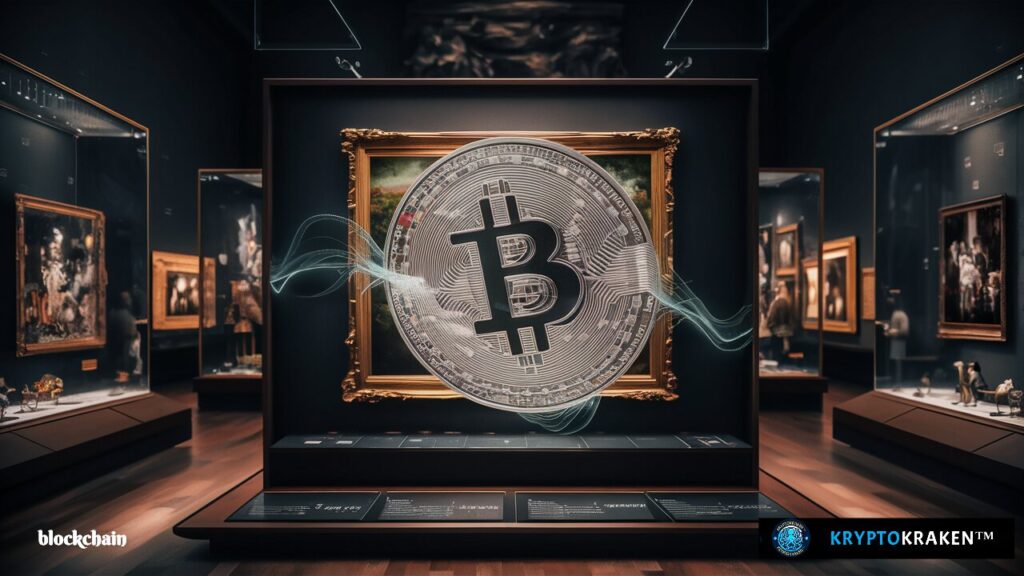
Moreover, tokenizing collectibles can revolutionize the way we perceive ownership and authenticity in the collectibles market. Each token represents a unique piece of the collectible, providing a secure and tamper-proof record of ownership. This not only eliminates the risk of counterfeit items but also ensures that the provenance of each collectible is transparent and verifiable.
Additionally, by leveraging smart contracts on the blockchain, tokenized collectibles can be programmed to automatically execute certain actions, such as transferring ownership or triggering events based on predefined conditions. This level of automation not only streamlines the buying and selling process but also adds a new layer of interactivity to the collectibles themselves, enhancing the overall collecting experience for enthusiasts.
Historical Artifacts and Antiquities
Historical artifacts and antiquities are a window into our past, holding great cultural and historical significance. However, the trade of these items has long been plagued by issues of authenticity, provenance, and illegal trafficking. Tokenization offers a solution to these challenges by providing a secure and transparent way to track the ownership and movement of these valuable items.
By tokenizing historical artifacts and antiquities, we can create an immutable record of their journey throughout history. This not only enhances their value but also ensures that they are preserved for future generations. Tokenization also opens up these treasures to a wider audience, allowing more people to learn about and appreciate our shared heritage.
Photography and Digital Art
Photography and digital art have become increasingly popular forms of artistic expression in the digital age. However, these mediums face unique challenges when it comes to ownership and provenance. Tokenization provides a way to securely transfer ownership and authenticate these digital assets, ensuring that artists receive proper recognition and compensation for their work.
Tokenizing photography and digital art also opens up new possibilities for artists to monetize their creations. By offering digital shares of their work, artists can generate a new stream of income and gain exposure to a global audience. Collectors and investors, on the other hand, can easily trade and invest in these digital assets, potentially benefiting from their future appreciation.
Tokenization of Rare Books and Manuscripts
Rare books and manuscripts hold a special place in the literary world, with their value often tied to their age, condition, and historical significance. Tokenization of these items offers a way for collectors and enthusiasts to own a piece of literary history. By creating digital tokens that represent ownership, the trade of rare books and manuscripts becomes more accessible, transparent, and secure.
Tokenization also opens up new avenues for researchers, scholars, and students to access and study these valuable texts. By digitizing rare books and manuscripts, we can preserve their content and make it more widely available to the public. This not only facilitates research and education but also ensures the longevity and preservation of these important cultural artifacts.
Luxury Goods and High-End Fashion
Luxury goods and high-end fashion are synonymous with exclusivity and craftsmanship. Tokenizing these items offers a way for consumers to own a piece of luxury without the need for significant capital. By creating digital shares of luxury items, individuals can experience the joy of owning and wearing high-end fashion, while also benefiting from potential appreciation in value.

Tokenization also provides a way for luxury brands and designers to engage with their audience on a deeper level. By offering digital shares of their products, they can create a sense of exclusivity and loyalty among their customer base. This not only fosters stronger relationships with customers but also opens up new opportunities for collaboration and customization.
Tokenization Platforms for Art and Collectibles
As the demand for tokenized art and collectibles continues to grow, so does the number of platforms and marketplaces that facilitate these transactions. These platforms act as intermediaries, connecting artists, collectors, and investors from around the world. They provide a user-friendly interface for buying, selling, and trading digital tokens, as well as additional services such as storage and authentication.
When choosing a tokenization platform, it’s important to consider factors such as security, reputation, and user experience. Look for platforms that have a track record of successful transactions and positive user reviews. It’s also worth considering platforms that offer additional features, such as secondary marketplaces or curated collections, to enhance your tokenization experience.
Legal and Ethical Considerations
As with any new technology, tokenization of art and collectibles brings with it a range of legal and ethical considerations. It’s important to ensure that the creation, sale, and ownership of tokenized assets comply with existing laws and regulations. This includes issues such as intellectual property rights, money laundering, and investor protection.
Ethical considerations are also important when tokenizing art and collectibles. Artists and collectors need to consider the impact of tokenization on the cultural value, integrity, and authenticity of the assets. It’s important to strike a balance between leveraging technology for innovation and ensuring the preservation and respect of artistic and cultural heritage.
Blockchain and Provenance
Provenance, or the history of ownership and authenticity of an artwork or collectible, has always been a crucial aspect of the art market. However, it has often been challenging to verify and track the provenance of an item, especially when dealing with high-value or historical pieces. Blockchain technology offers a potential solution by providing a secure and immutable record of the ownership history.
By storing ownership records on a blockchain, we can ensure that they are tamper-proof and transparent. This not only makes it easier to verify the authenticity and provenance of an item but also helps to combat issues such as art forgeries and illegal trafficking. Blockchain technology has the potential to revolutionize the way we authenticate and trace the history of art and collectibles.
Investing in Tokenized Art and Collectibles
Investing in tokenized art and collectibles offers a new way to diversify your investment portfolio and potentially benefit from the appreciation in value of these assets. However, it’s important to approach this type of investment with caution and do thorough research before making any decisions.
When considering investing in tokenized art and collectibles, it’s important to evaluate factors such as the reputation and track record of the artist or collector, the demand and marketability of the asset, and the overall market trends. It’s also important to consider the liquidity of the asset, as tokenized assets may have limitations in terms of trading volume and market access.
Market Trends and Future Potential
The market for tokenized art and collectibles is still in its early stages, but it is rapidly evolving and gaining momentum. More artists, collectors, and investors are recognizing the potential of this new asset class and exploring the opportunities it presents. As the technology develops and awareness grows, we can expect to see new market trends and investment strategies emerge.
One of the key driving factors of the market is the growing interest from millennials and younger generations. These digital natives are familiar with blockchain technology and are more open to exploring new ways of owning and experiencing art and collectibles. As this demographic gains purchasing power, we can expect an increase in demand for tokenized assets and a shift in the dynamics of the art market.
Challenges in Art Tokenization
While there are many advantages to tokenizing art and collectibles, there are also challenges that need to be addressed. One of the main challenges is the issue of valuation. Unlike traditional asset classes, such as stocks or real estate, there is no established pricing mechanism for tokenized art and collectibles. This can make it difficult for investors to determine the value and potential return on investment.
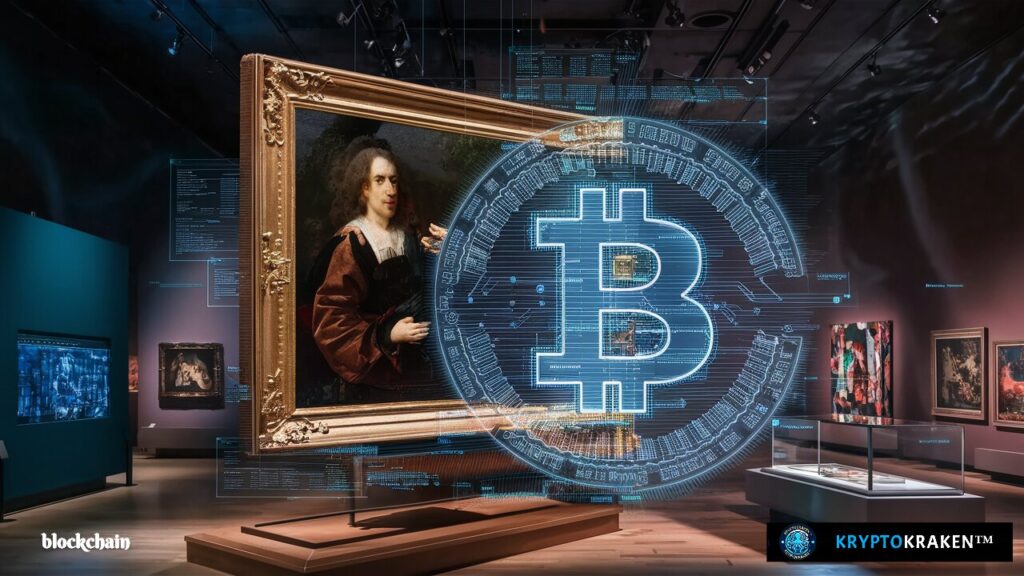
Another challenge is the regulatory landscape. As mentioned earlier, the tokenization of art and collectibles raises a range of legal and regulatory considerations. It’s important for artists, collectors, and investors to navigate these regulations and ensure compliance to avoid potential legal issues or reputational damage.
Success Stories and Case Studies
Despite the challenges, there have been several success stories and case studies in the tokenization of art and collectibles. One notable example is the sale of a tokenized artwork by a renowned artist. The artwork was divided into digital shares, which were then sold to investors. The sale generated significant interest and revenue, highlighting the potential of tokenization as a new avenue for artists to monetize their work.
Another success story is the tokenization of a rare collectible item. The item gained attention from collectors around the world, and the digital shares were quickly bought up. This not only provided a new investment opportunity for collectors but also allowed the owner of the item to capitalize on its value without parting with the physical asset.
Impact of Tokenization on Artists and Collectors
The impact of tokenization on artists and collectors is multifaceted. For artists, it offers a new way to monetize their work and reach a global audience. It also provides an opportunity for artists to retain ownership and control over their creations, eliminating the need for intermediaries or galleries. This empowerment enables artists to directly engage with their audience and create meaningful connections.

For collectors, tokenization provides a way to diversify their holdings and gain exposure to assets that were previously out of reach. It also offers greater transparency and liquidity, making it easier to buy, sell, and trade art and collectibles. Tokenization opens up new opportunities for collectors to build curated portfolios and interact with other enthusiasts.
Cultural Implications of Tokenizing Art
Tokenizing art and collectibles has significant cultural implications. It challenges traditional notions of ownership, authenticity, and the role of intermediaries in the art market. It allows for a more inclusive and diverse representation of artists and artworks, breaking down barriers and democratizing access to the art world.
At the same time, tokenization raises questions about the intangible aspects of art, such as the emotional connection and aura that physical artworks possess. While tokenization provides new ways to own and experience art, it is essential to recognize and respect the cultural heritage and artistic integrity that physical artworks embody.
Technological Innovations in Art Tokenization
As the field of art tokenization continues to evolve, we can expect to see further technological innovations that enhance the user experience and address existing challenges. One area of innovation is the integration of augmented reality (AR) and virtual reality (VR) technologies.
By combining AR and VR with tokenization, individuals can virtually experience and interact with art and collectibles. This opens up new possibilities for education, curation, and exhibition, allowing people to explore artworks from the comfort of their homes. It also provides a way for artists to showcase their work in new and immersive ways.
Risk Management in Tokenized Art Investments
As with any investment, there are inherent risks involved in tokenized art and collectibles. It’s important to approach these investments with a clear understanding of the risks and implement risk management strategies. One key risk to consider is the volatility of the market. Like any asset class, the value of tokenized art and collectibles can fluctuate, and it’s important to be prepared for potential price movements.
Another risk to consider is the potential for fraud or scams. The nascent nature of the market makes it vulnerable to fraudulent activities, such as the sale of counterfeit tokens or fake artworks. It’s important to conduct thorough due diligence and only invest in reputable platforms and assets.
Future of Art and Collectibles in the Blockchain Era
The future of art and collectibles in the blockchain era is exciting and full of possibilities. Tokenization has the potential to reshape the art market, making it more accessible, transparent, and inclusive. It empowers artists, collectors, and investors to redefine ownership and create new avenues for collaboration and creativity.
As blockchain technology continues to advance and become more widely adopted, we can expect to see further innovation in the field of art tokenization. This includes advancements in security, authentication, and user experience. The integration of emerging technologies, such as AI and IoT, may also play a role in enhancing the way we interact with and appreciate art and collectibles.
In conclusion, the tokenization of art and collectibles represents a paradigm shift in the way we own, experience, and invest in these valuable assets. By leveraging blockchain technology, we can unlock new opportunities for artists and collectors and reshape the dynamics of the art market. While there are challenges to overcome, the future looks bright for the fine art of digital ownership.
⭐⭐⭐ See the entire video selection at KryptoKraken Videos



